Lapis Lazuli
The Timeless Gemstone of Wisdom and Royalty
Lapis Lazuli, with its deep blue hue and golden flecks of pyrite, has been cherished for thousands of years. Known as the Stone of Wisdom and Truth, this regal gemstone has been used in jewelry, art, and spiritual practices across civilizations.
In this guide, we’ll explore lapis lazuli’s origins, formation, symbolism, value, styling tips, gemstone pairings, color inspirations, and more.
Origin of Lapis Lazuli
Lapis lazuli has been mined for over 6,000 years, with the most sought-after varieties coming from:
-
Afghanistan – The world’s finest-quality lapis, prized for its deep ultramarine blue with golden pyrite inclusions.
-
Chile – Produces lighter, denim-blue lapis with minimal pyrite.
-
Russia (Siberia) – Yields dark blue lapis with subtle white calcite veining.
-
USA (California & Colorado) – Mined in small quantities, often with less intense coloration.
Afghan lapis is the most valuable due to its rich color, minimal white calcite, and vibrant pyrite specks, resembling a starry night sky.
Formation Process of Lapis Lazuli
Lapis lazuli is a metamorphic rock, composed mainly of lazurite, calcite, and pyrite.
Formation Process:
-
Limestone undergoes high pressure and heat, transforming into a deep blue rock rich in lazurite.
-
Pyrite (golden flecks) forms as iron sulfide minerals crystallize, giving lapis its signature celestial look.
-
Calcite veins sometimes appear, adding white streaks to lower-grade specimens.
This unique blend of minerals creates lapis lazuli’s vibrant and dynamic appearance.
Cultural Significance and Meaning of Lapis lazuli
Lapis lazuli has been associated with royalty, wisdom, and spiritual awakening for millennia.
-
Ancient Egypt – Used in pharaohs’ jewelry and the burial mask of King Tutankhamun. Egyptians believed it connected them to the gods.
-
Mesopotamia & Persia – Worn by rulers as a symbol of divine power and intellectual strength.
-
Medieval Europe – Ground into ultramarine pigment for Renaissance paintings, including the robes of the Virgin Mary.
-
Spiritual Symbolism – Associated with truth, intuition, and enlightenment, often used in meditation and third-eye chakra practices.
Lapis lazuli remains a symbol of knowledge and inner vision, making it a powerful stone for leaders, creatives, and seekers of wisdom.
Market Value and Rarity
Lapis lazuli varies in quality and price based on color intensity, pyrite content, and calcite presence.
-
Price Range: Typically $1 to $100 per carat, with high-quality Afghan lapis reaching $200+ per carat.
-
Top-Grade Lapis:
-
Intense ultramarine blue
-
Minimal white calcite
-
Evenly distributed golden pyrite flecks
-
-
Lower-Quality Lapis:
-
Faded blue or excessive white streaks
-
Dull or overly grainy texture
-
Too little or too much pyrite
-
Due to its historical significance and unique aesthetic, lapis lazuli remains highly desirable in both jewelry and art markets.
Lapis lazuli Properties
External
Career & Success
Confidence & Recognition
Relationships & Communication
Social Connectivity
Inner
Resolution
Composure
Calmness
Harmony
Intuition
Birth month

Zodiac





Element

Chakras


Planet



Mohs Hardness
5 - 5.5
Click to copy the Lapis lazuli properties
Jewelry Uses and Fashion Tips
Lapis lazuli’s rich blue hue and celestial flecks make it a striking choice for jewelry.
Best Jewelry Styles:
-
Statement Rings – A bold, regal look that commands attention.
-
Pendant Necklaces – Highlights lapis lazuli’s deep blue glow.
-
Beaded Bracelets – Perfect for everyday wear and energy balancing.
-
Earrings – Brings a touch of royalty and sophistication to any outfit.
Fashion Styling Tips:
-
Classic Elegance – Pair with white, gold, or black for a timeless, royal aesthetic.
-
Bohemian Chic – Layer with earthy tones and textured fabrics for a free-spirited look.
-
Modern Minimalism – Wear with silver jewelry and sleek outfits for a contemporary feel.
Lapis lazuli’s deep blue shade complements a variety of styles, making it a versatile addition to any jewelry collection.
Pairing Lapis lazuli with Other Gemstones or Materials
Complementary Gemstones:
| Gemstone | Why It Pairs Well with Lapis Lazuli |
|---|---|
| Goldstone | Enhances its celestial aesthetic with sparkling copper inclusions. |
| Moonstone | Softens lapis’s bold look, adding a dreamy, ethereal quality. |
| Onyx | Provides a striking contrast, emphasizing lapis’s deep blue. |
| Turquoise | Creates a vibrant, Southwestern-inspired color combination. |
| Citrine | Adds warmth and a pop of golden contrast. |





Best Metal & Material Pairings:
-
Yellow Gold – Highlights lapis’s royal and historical allure.
-
Sterling Silver – Provides a cool, elegant contrast.
-
Wood – Perfect for boho and nature-inspired designs.



These combinations enhance lapis lazuli’s beauty while complementing different fashion styles.
Crystal Color Palettes for Artistic and Fashion Inspiration
Lapis lazuli’s rich blue tones and golden specks inspire art, fashion, and interior design. Here are five color palettes inspired by this timeless gemstone:

- #1D4F91 Royal Blue – Reflects lapis’s deep blue intensity.
- #D4AF37 Gold – Inspired by its golden pyrite flecks.
- #F8F1E9 Ivory White – Represents subtle calcite inclusions.
- #2E2E2E Charcoal Black – A neutral shade that enhances lapis’s vibrancy.
- #D35400 Burnt Orange – A warm contrast to its cool blue hues.
These colors can be used in jewelry designs, fashion, and artistic creations.
Throughout history, lapis lazuli has been a symbol of wisdom, power, and divine connection. If you could own an ancient artifact made from lapis lazuli, what would it be—a royal crown, a mystical amulet, or something else?
Let’s discuss in the comments!


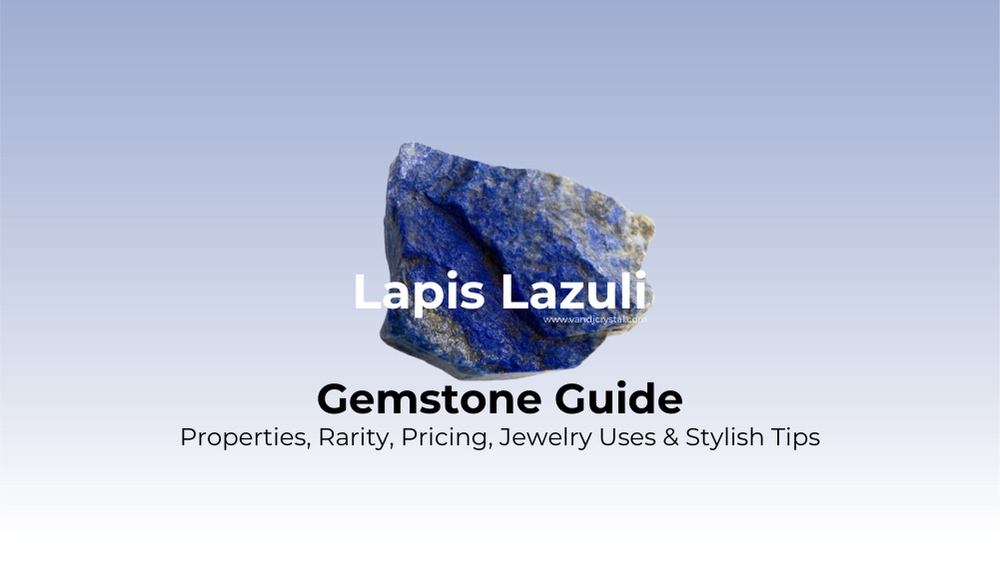
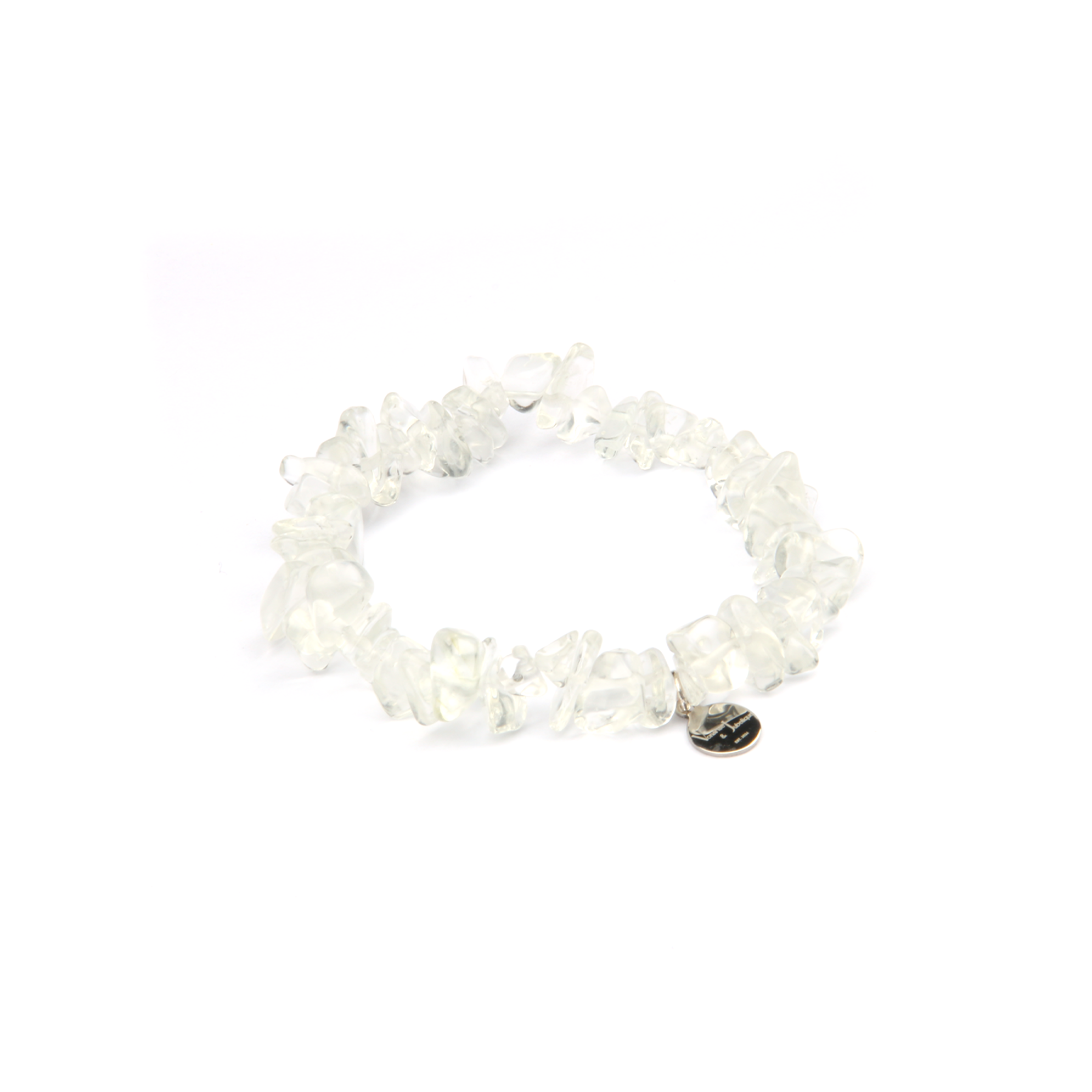
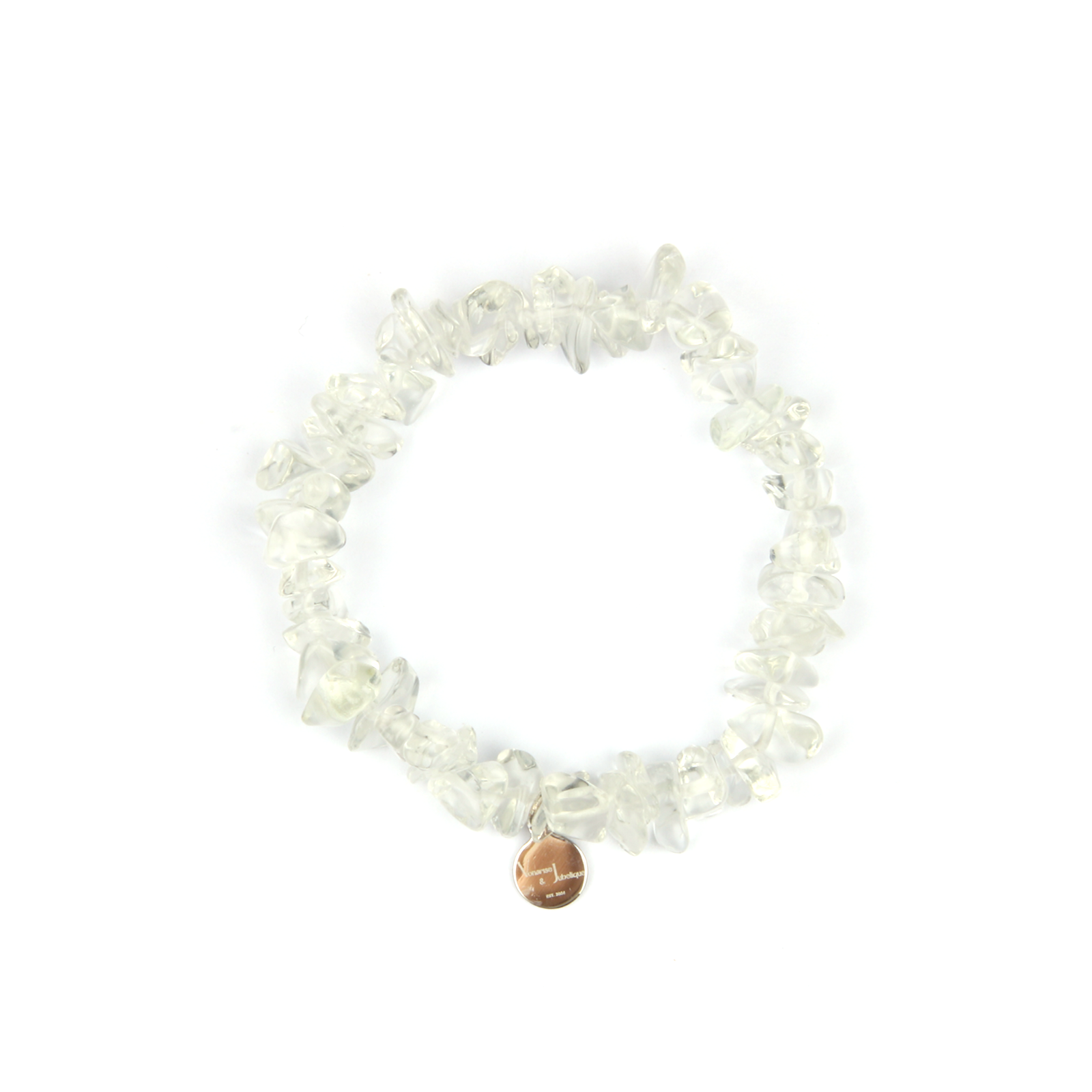
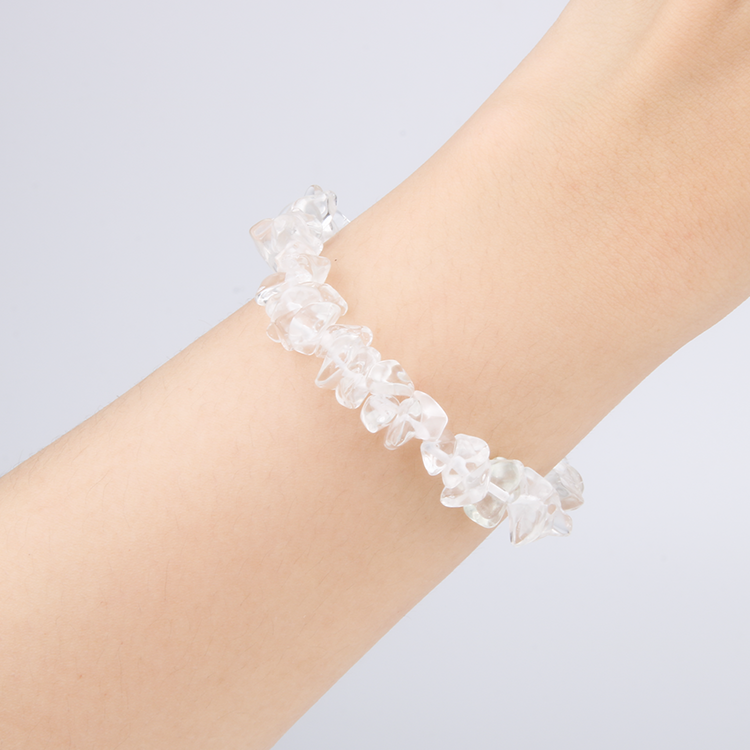
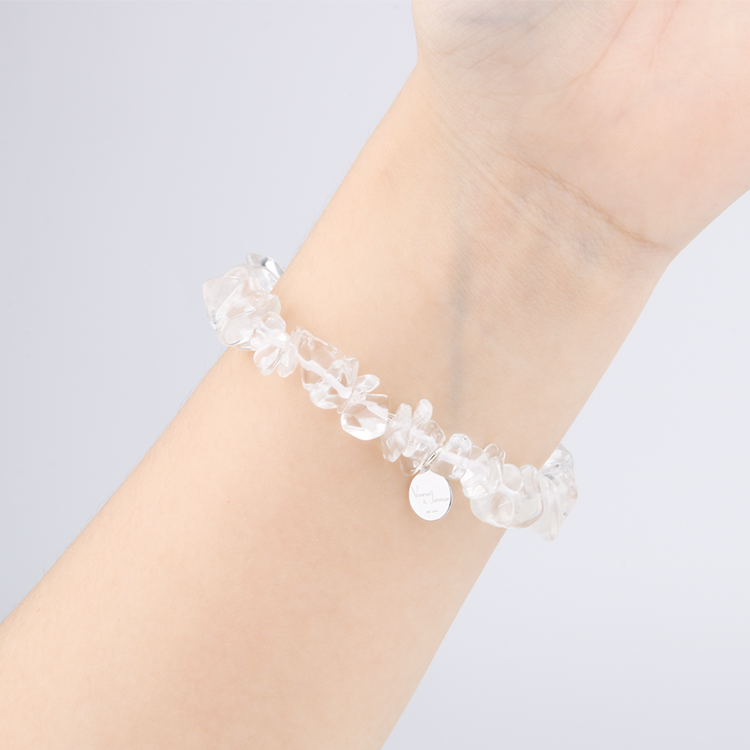


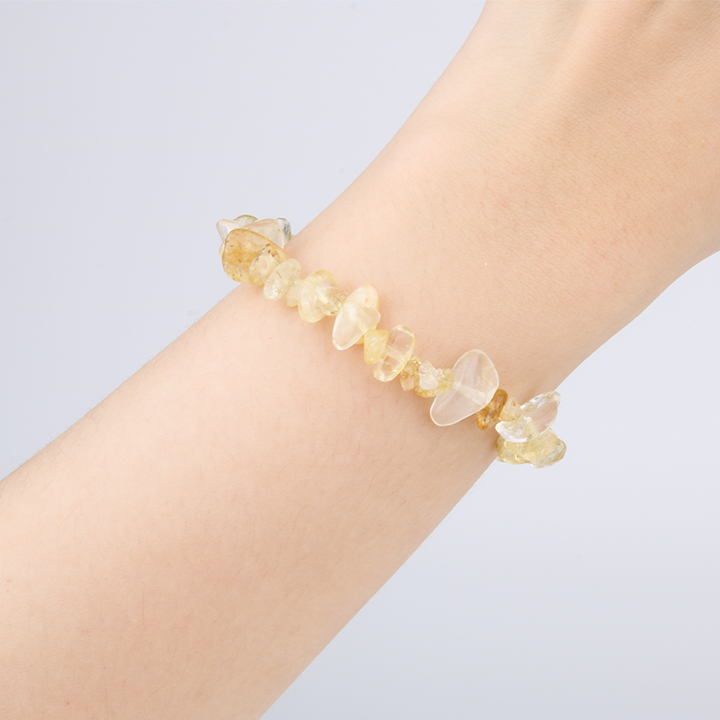
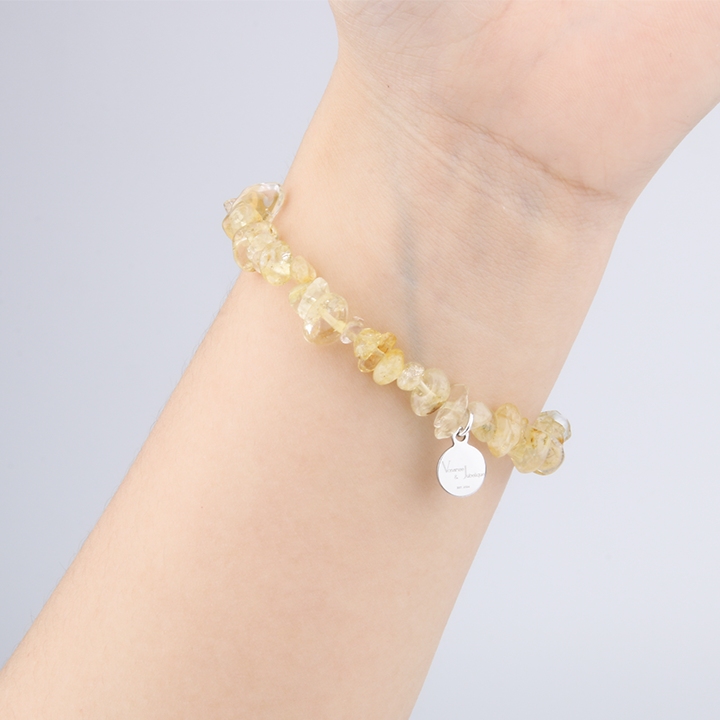
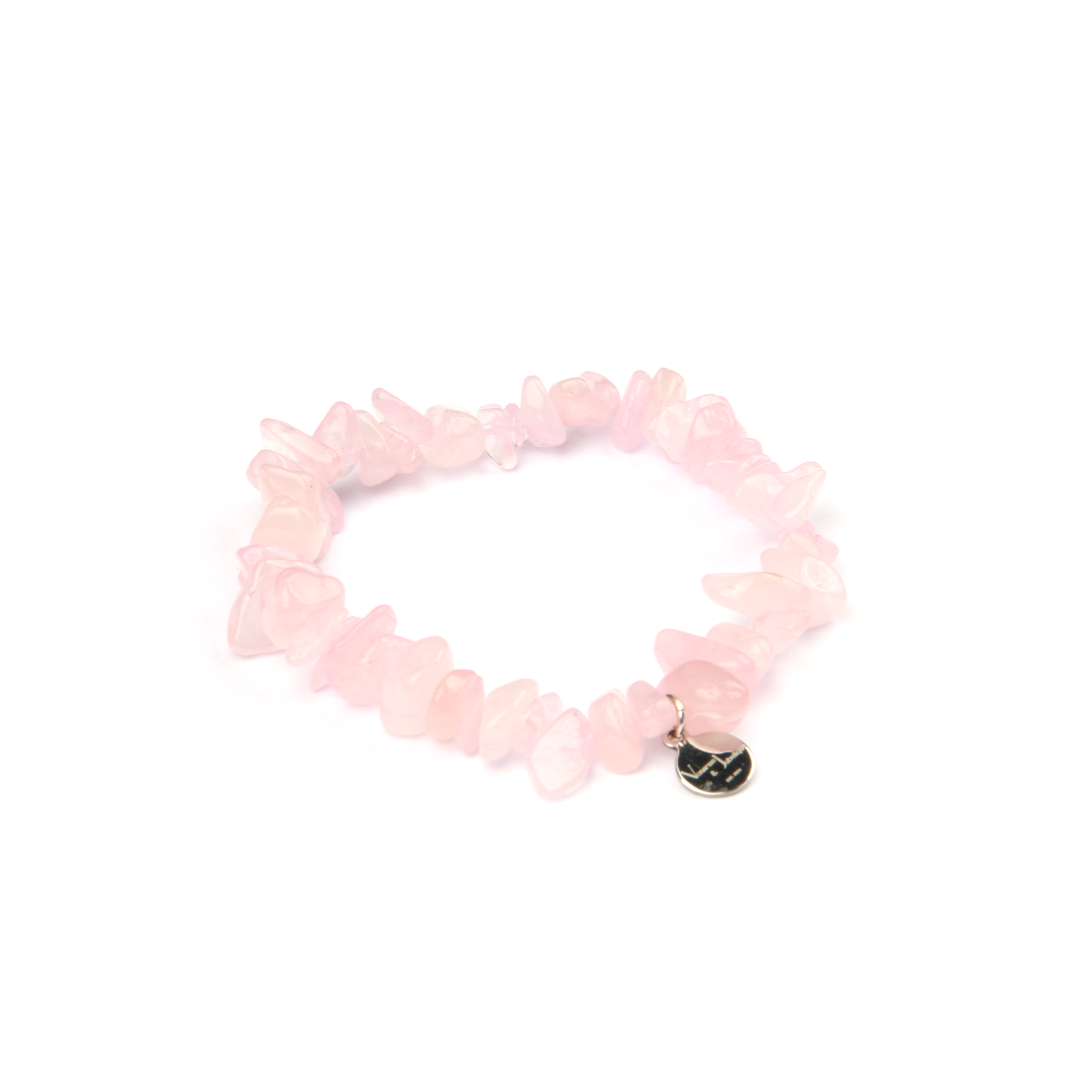
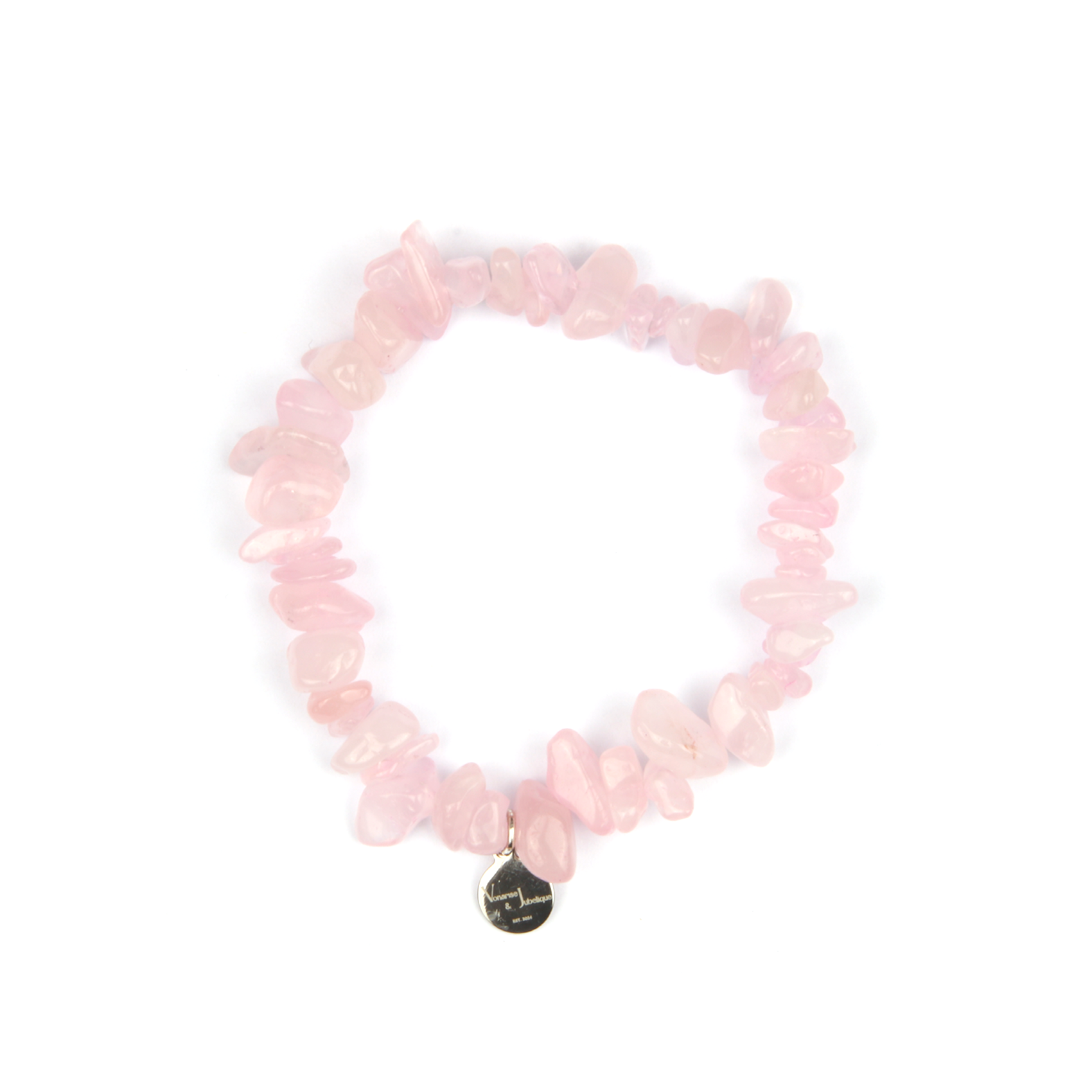
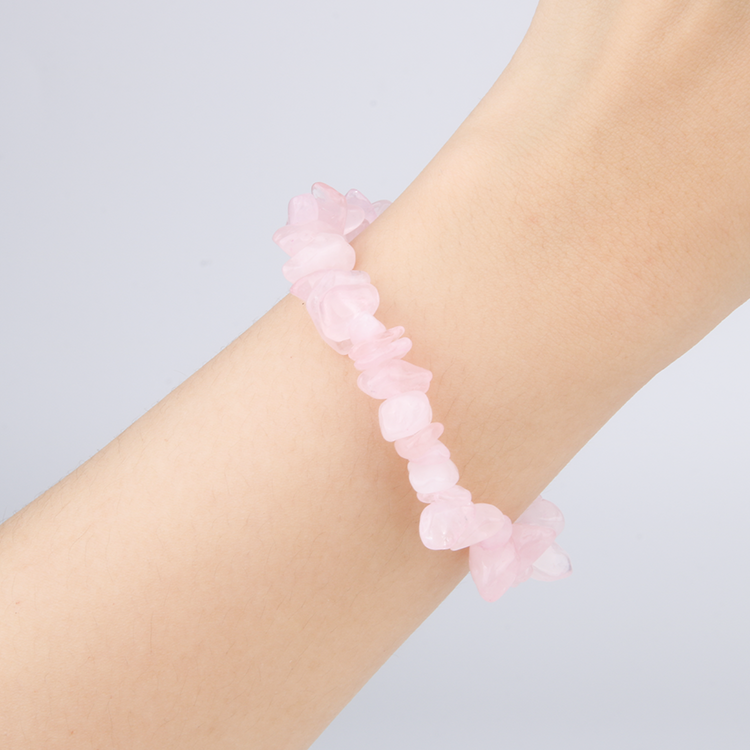
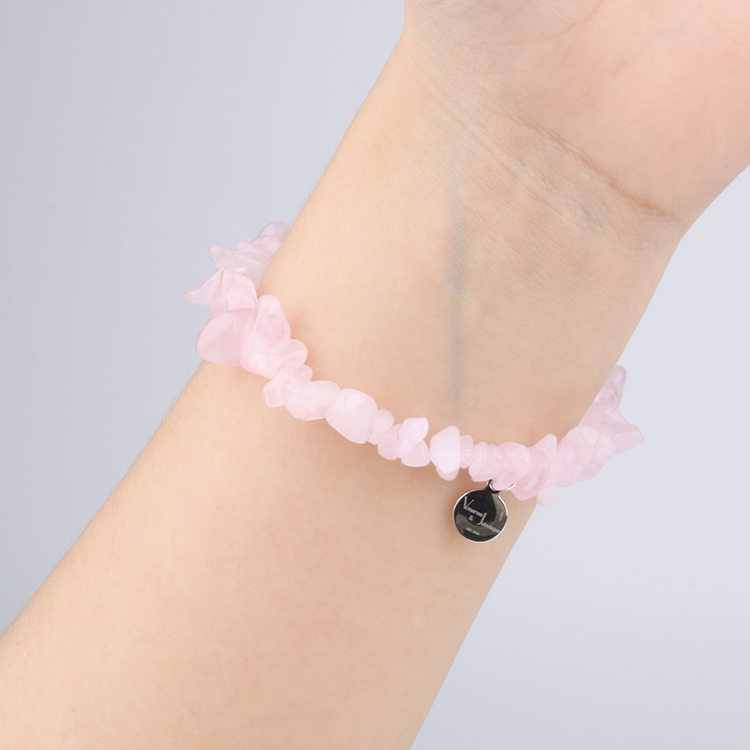
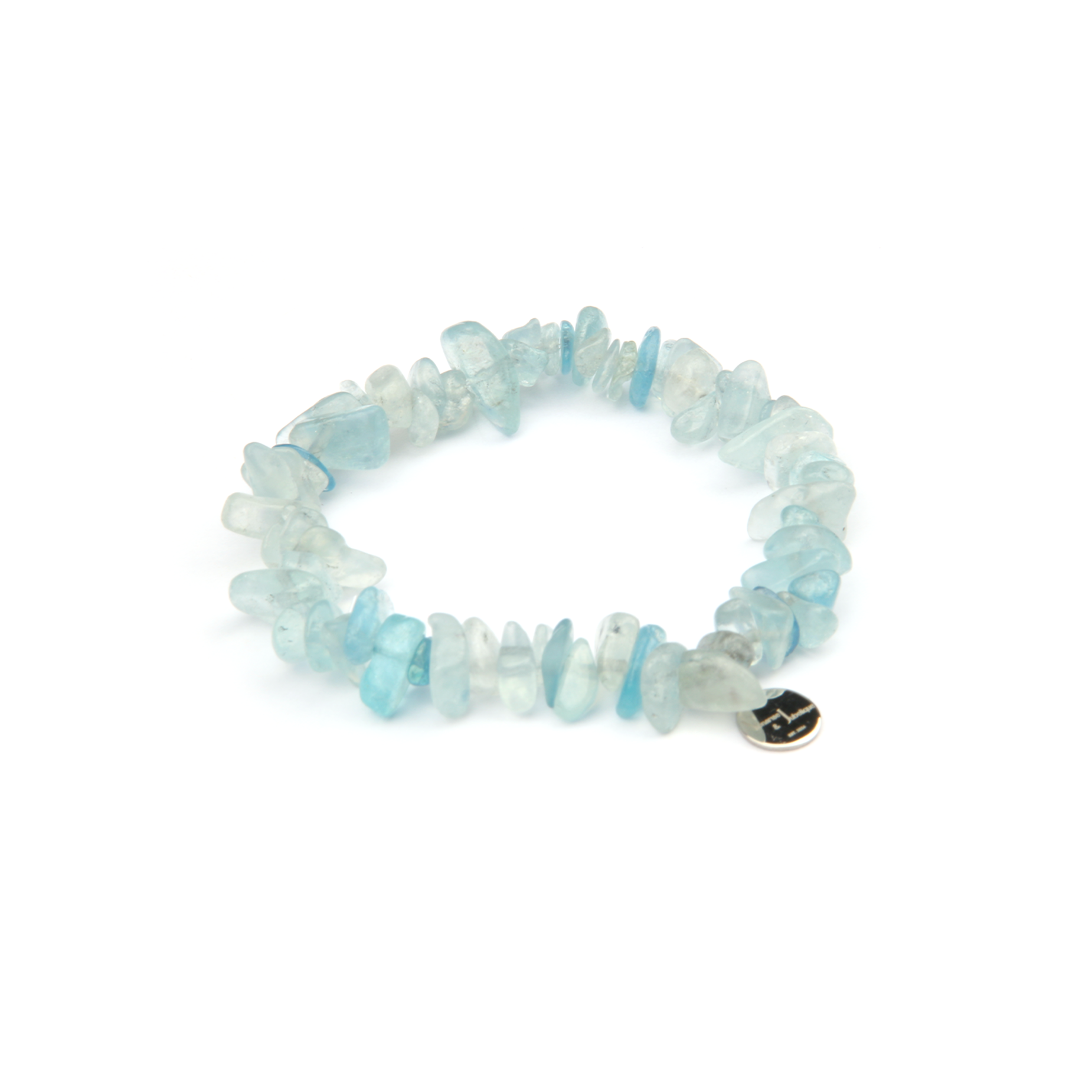
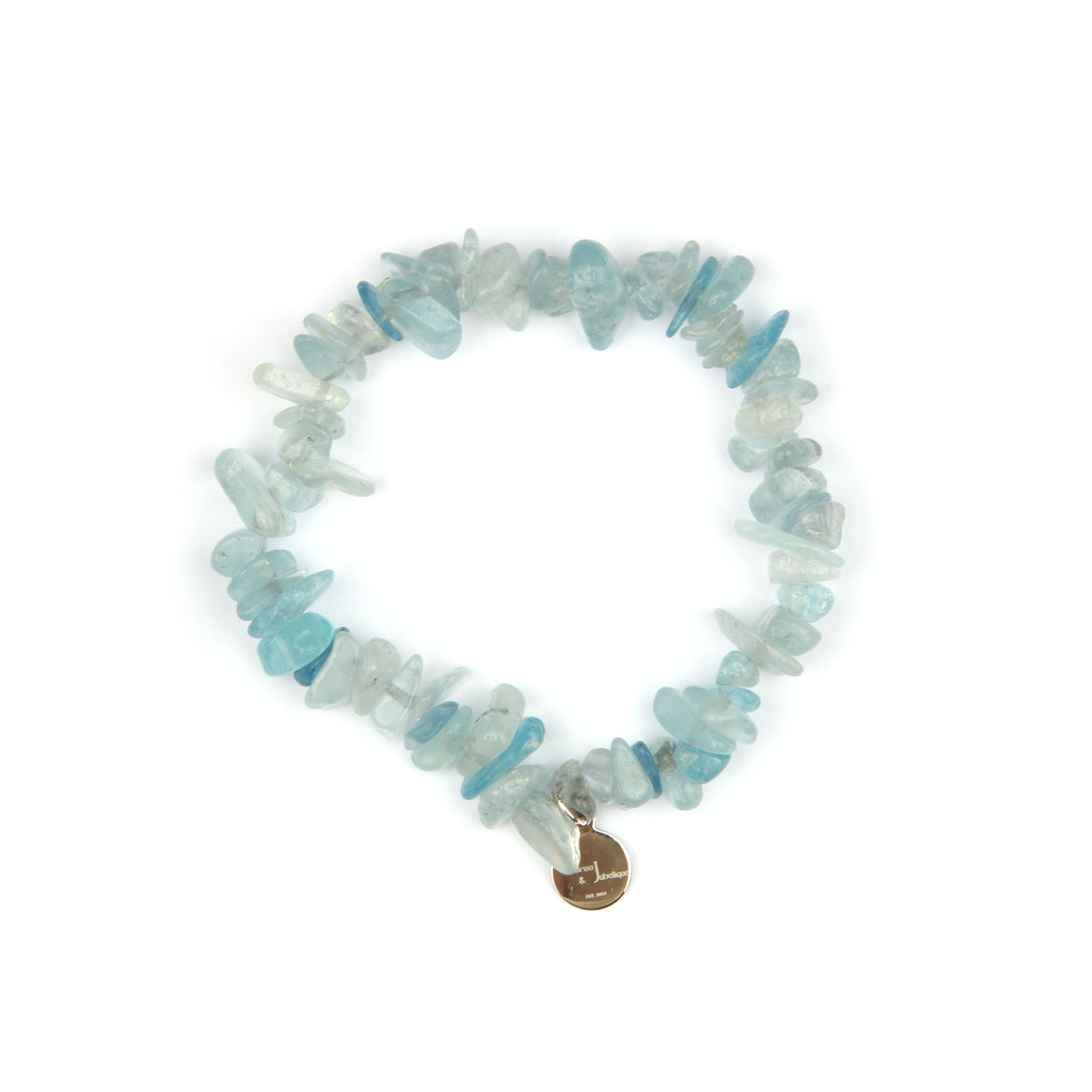
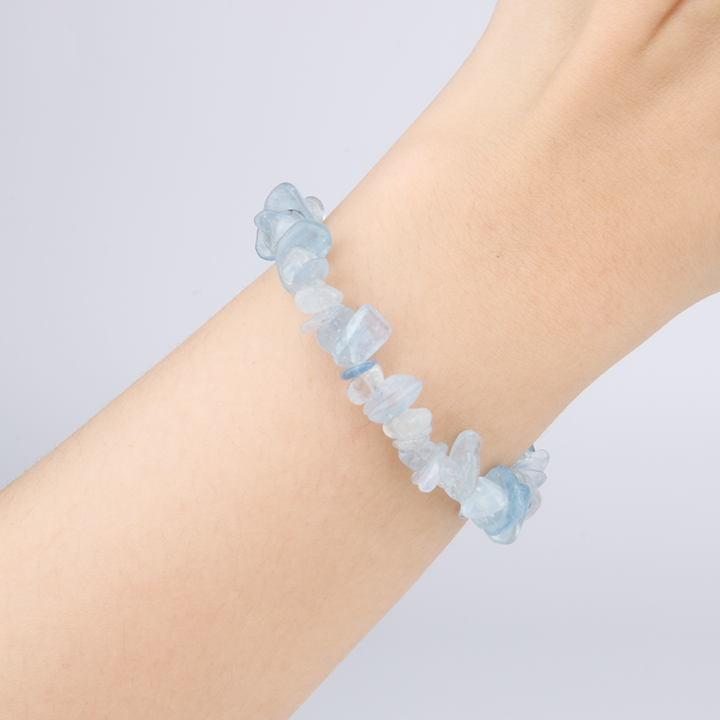
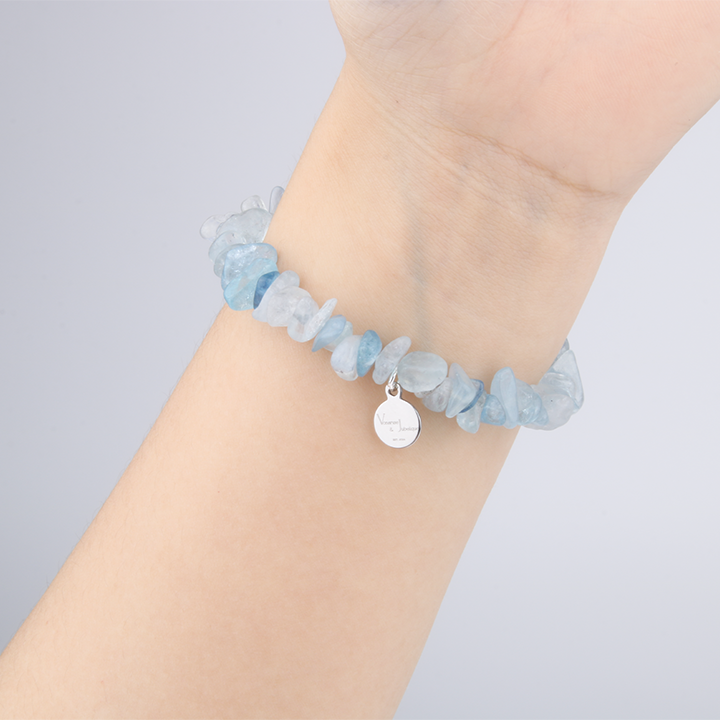
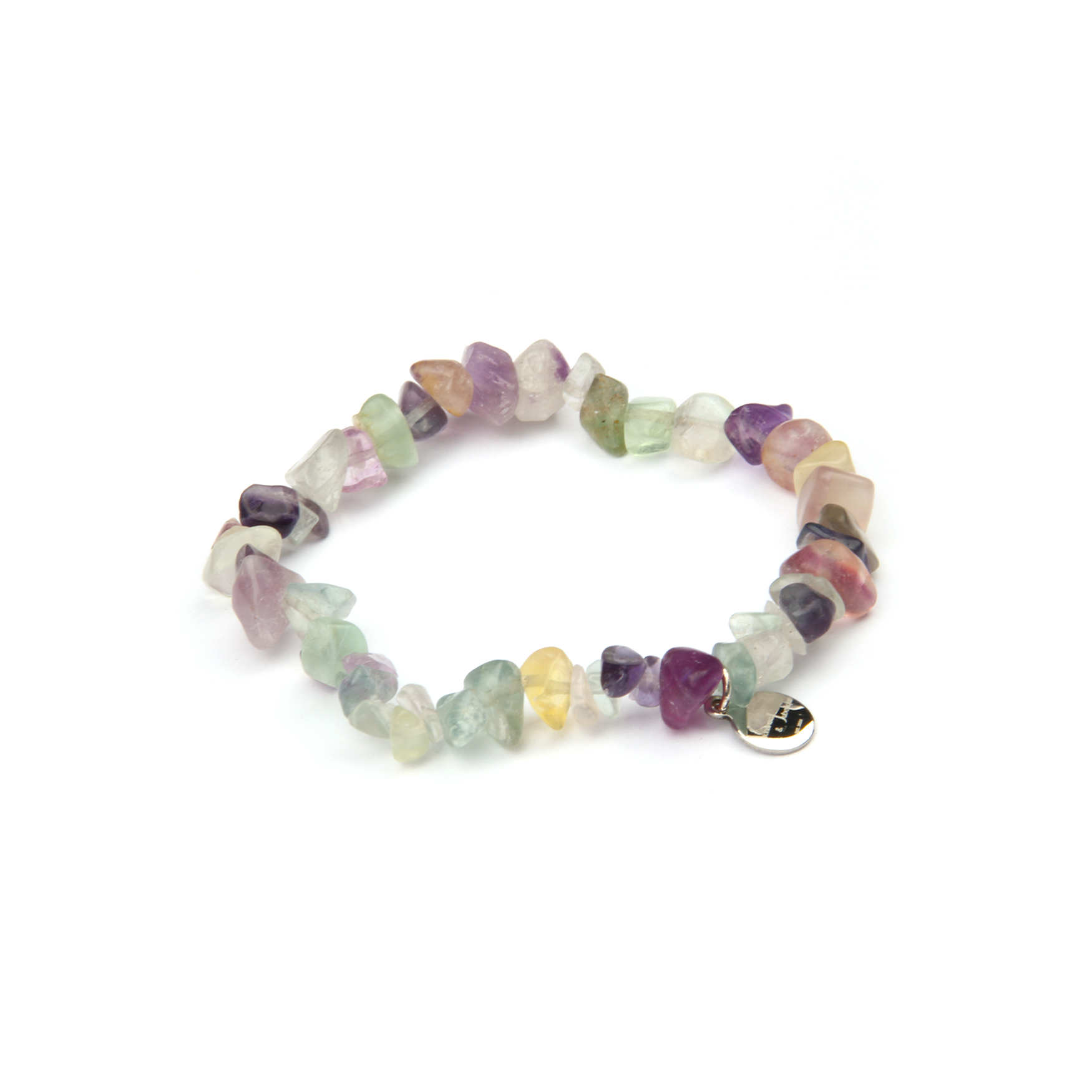
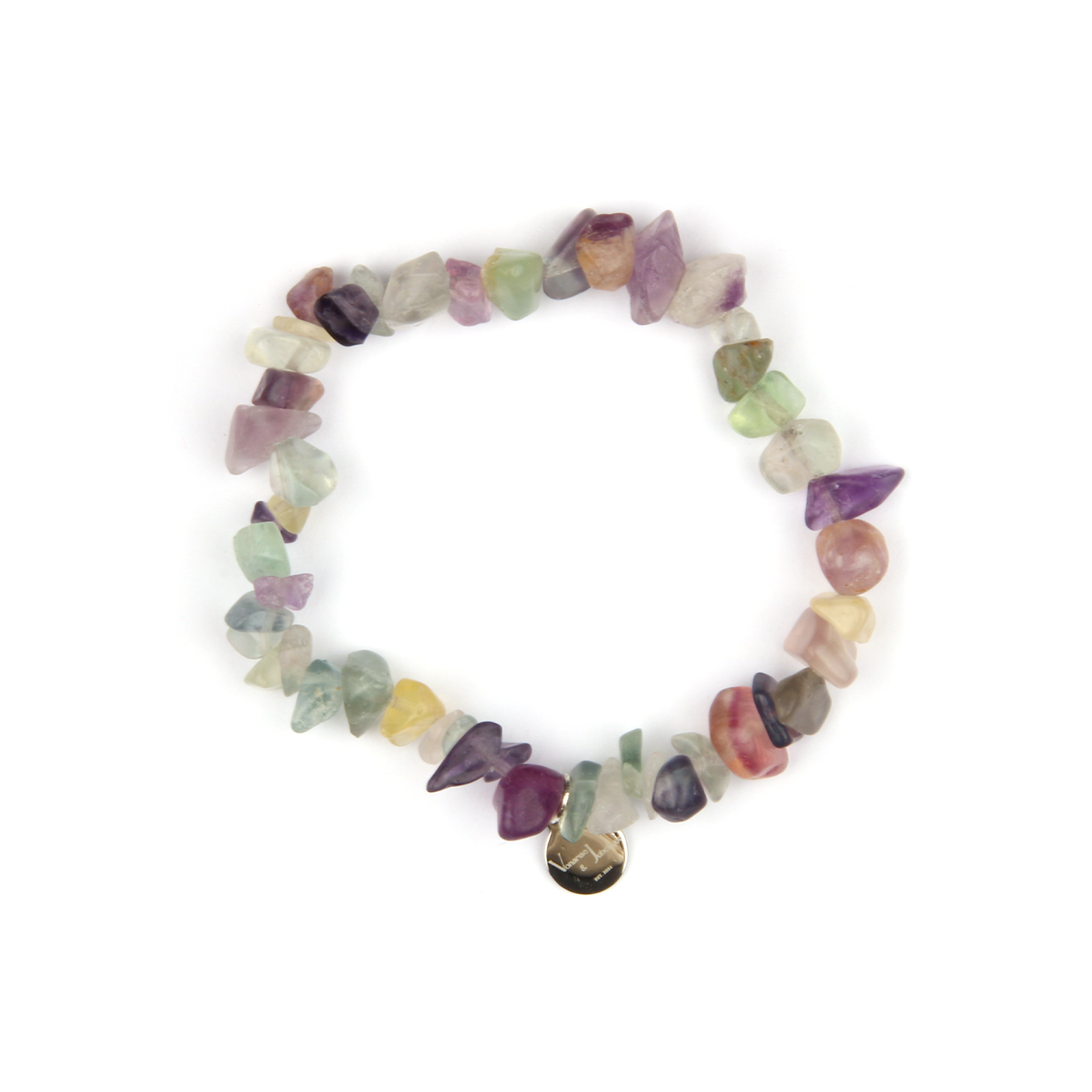
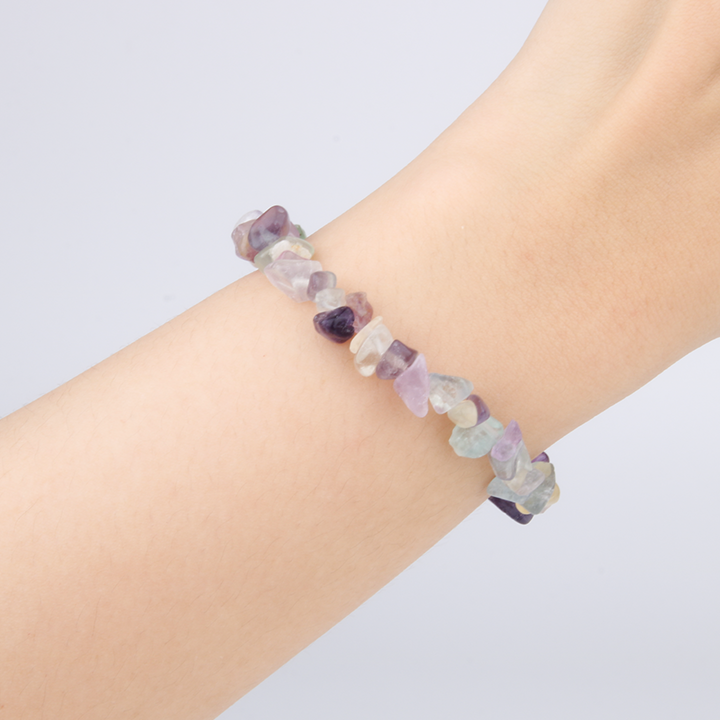
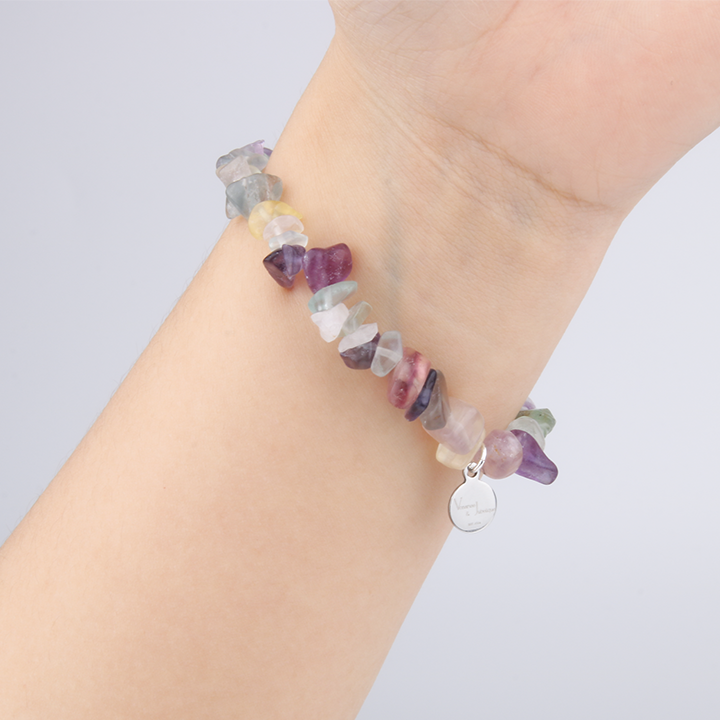
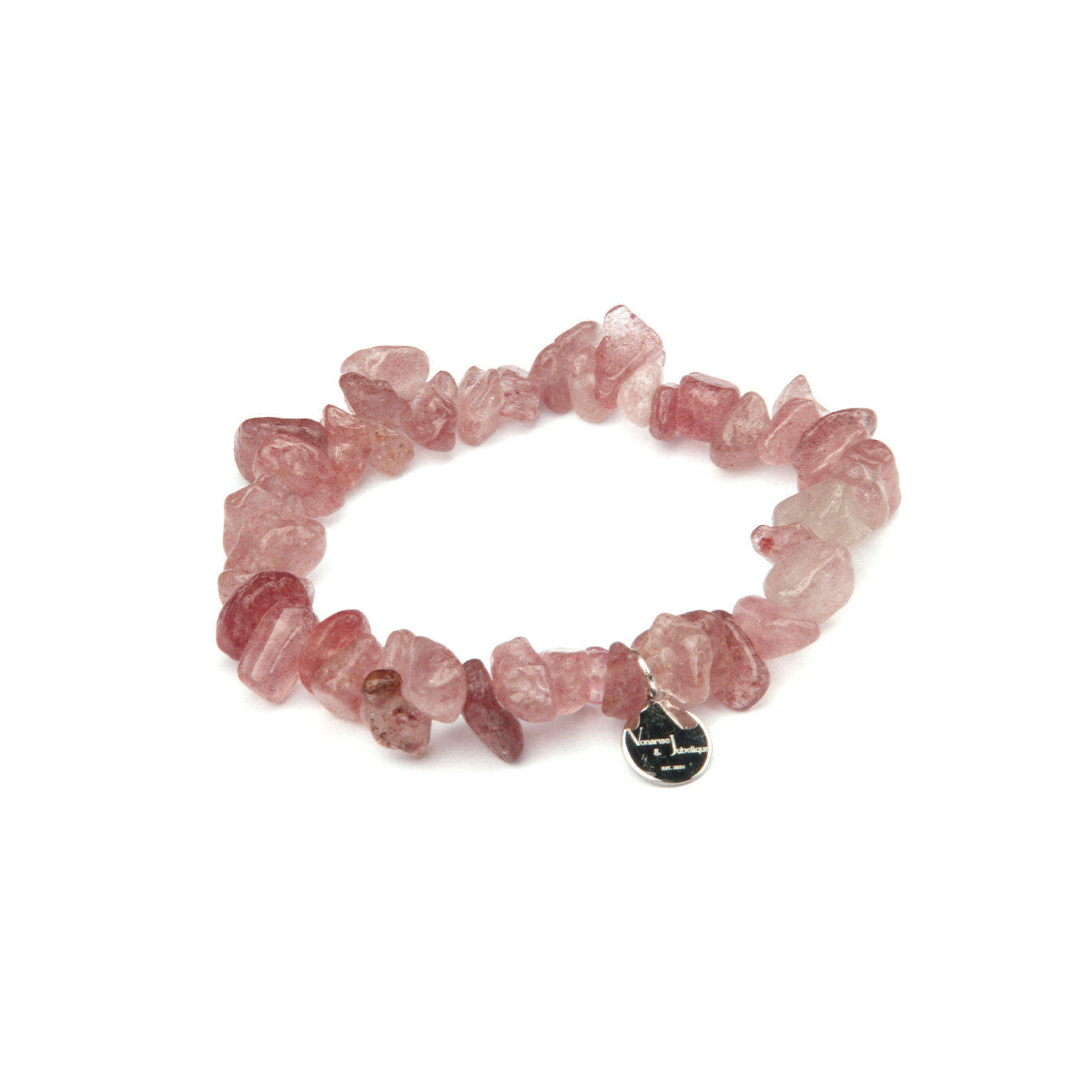
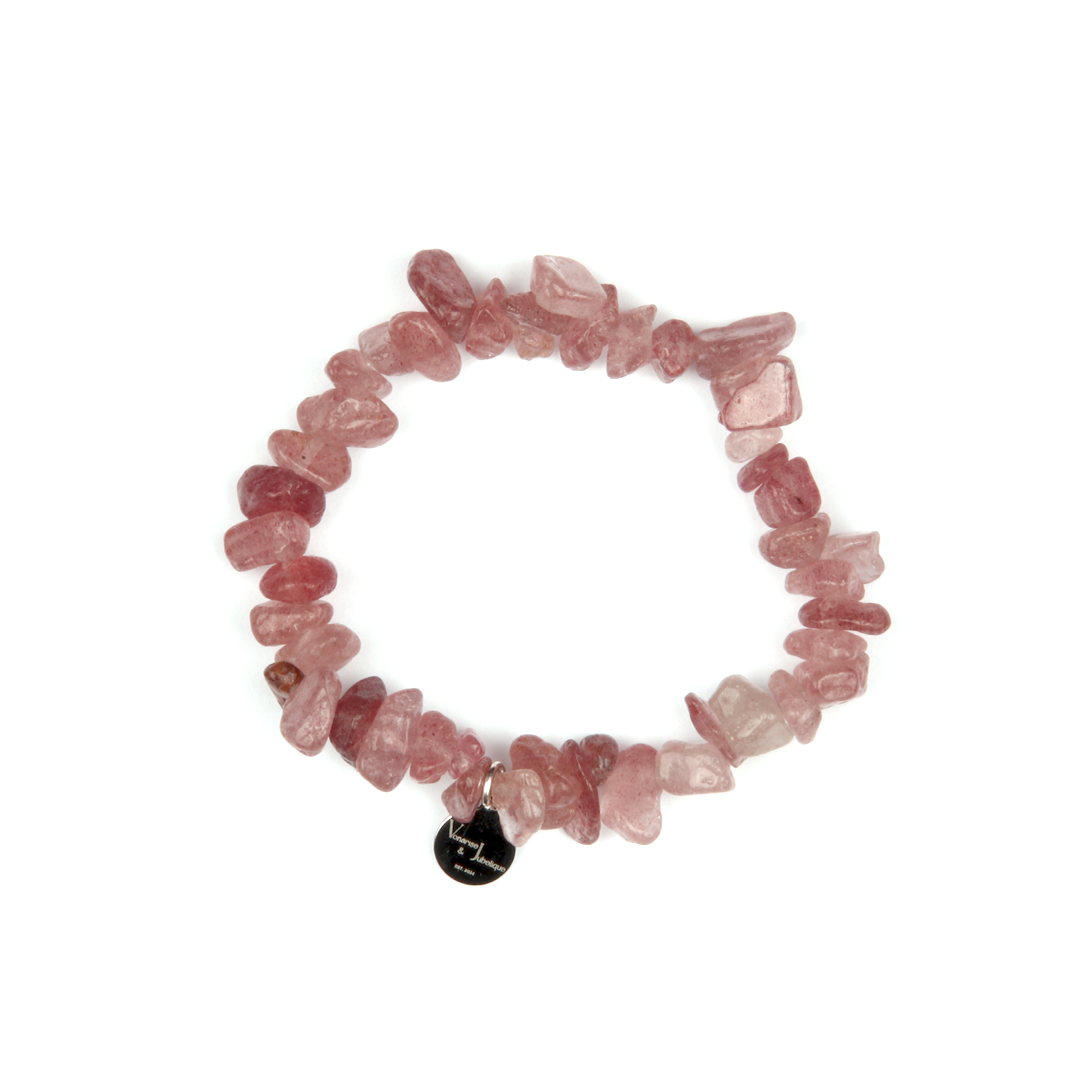

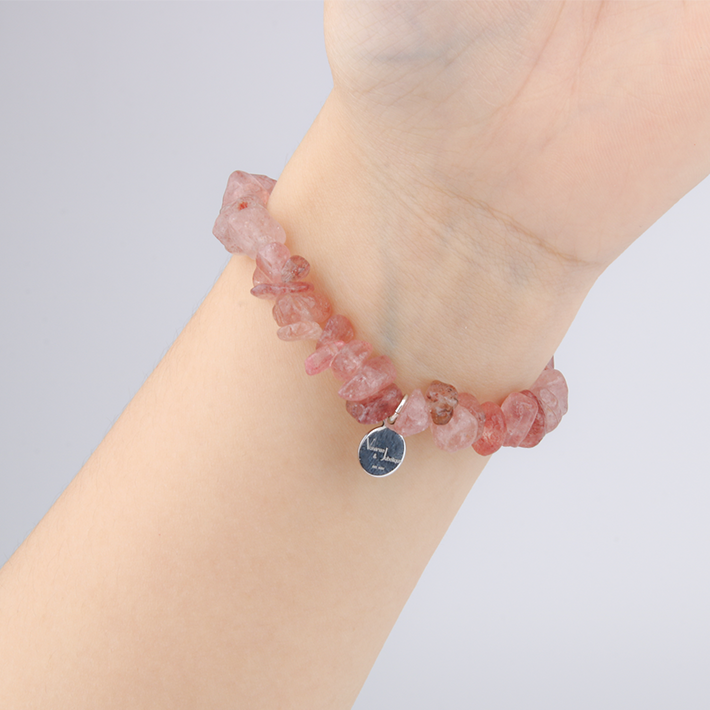
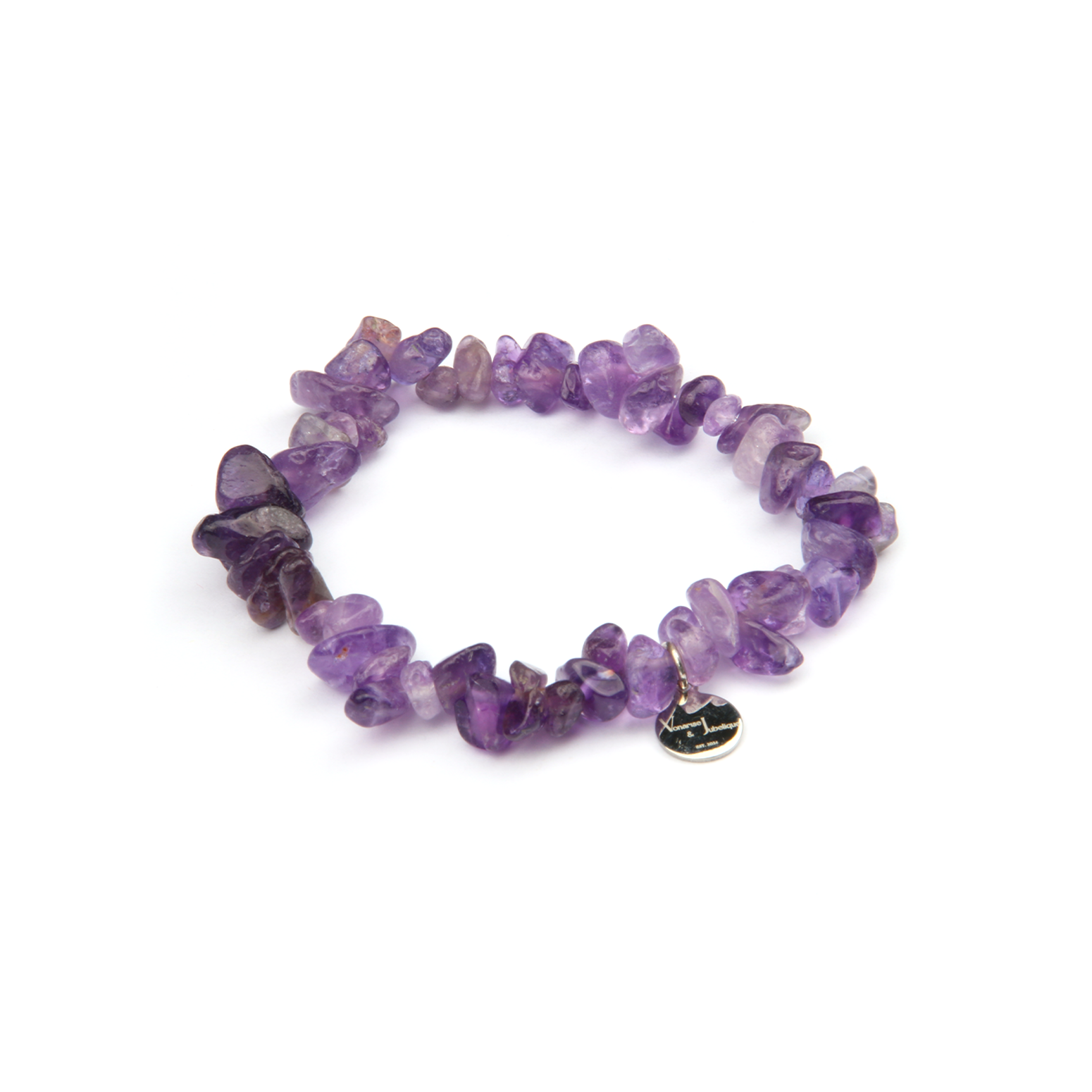
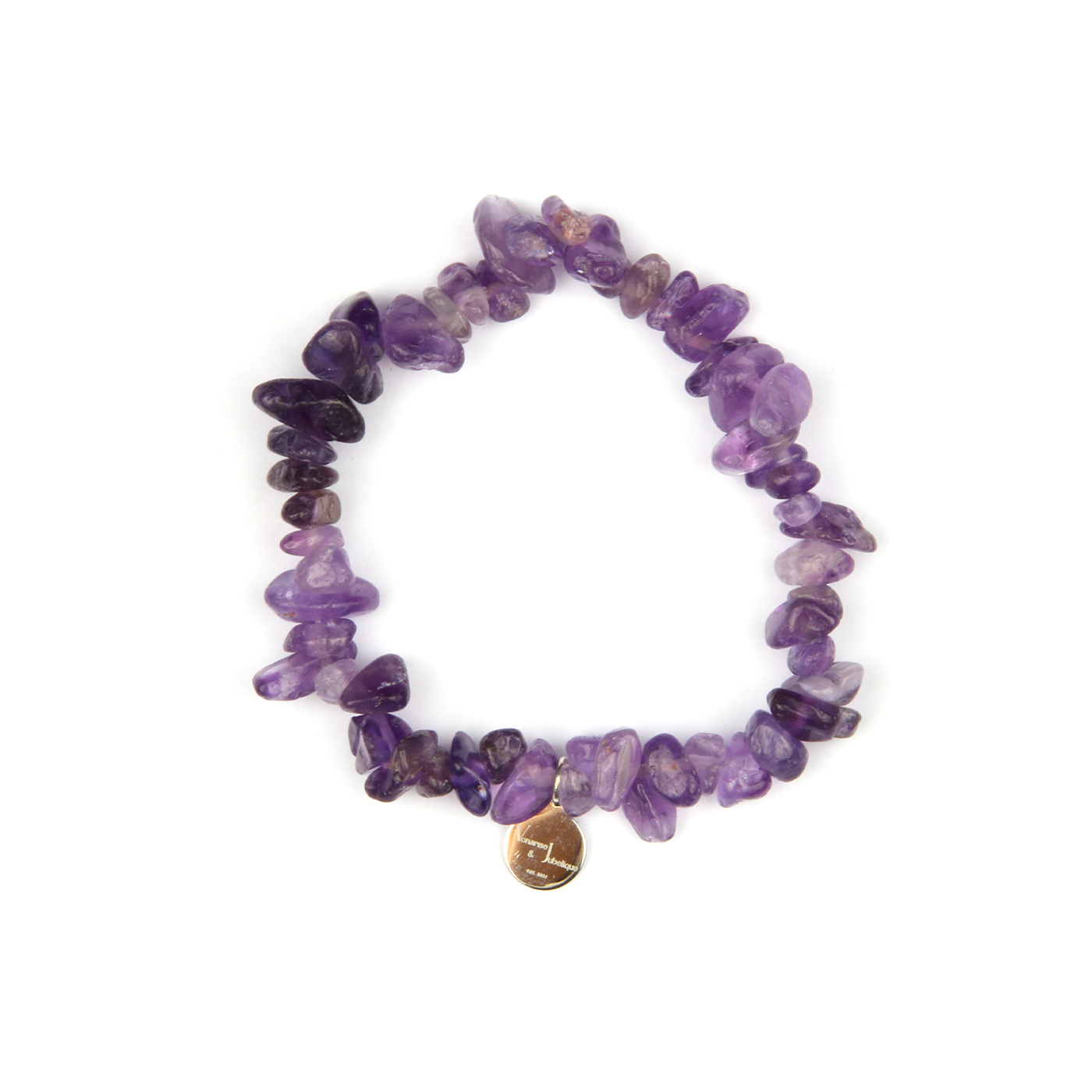
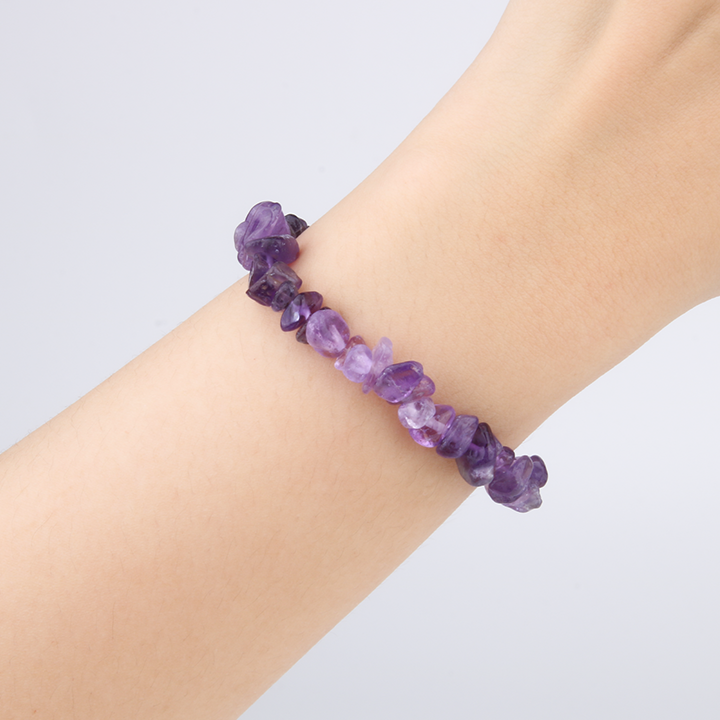
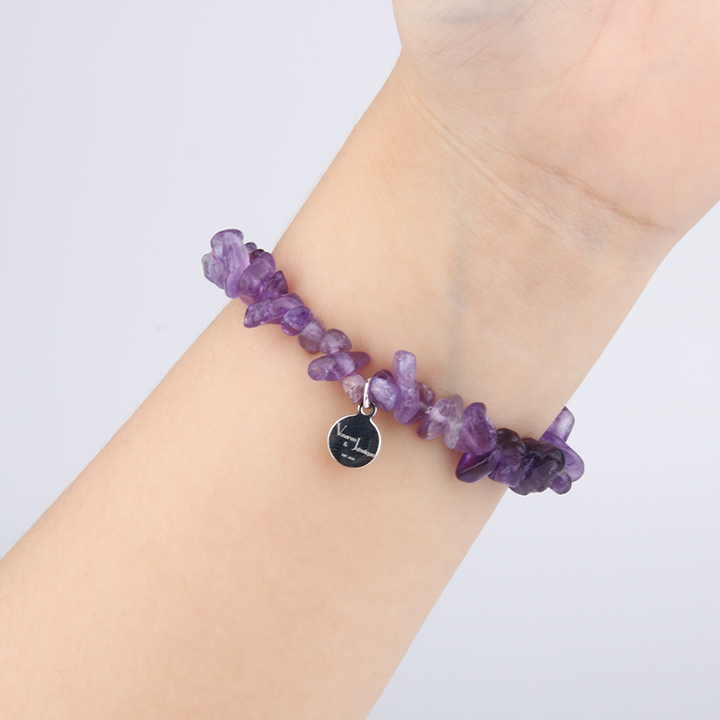
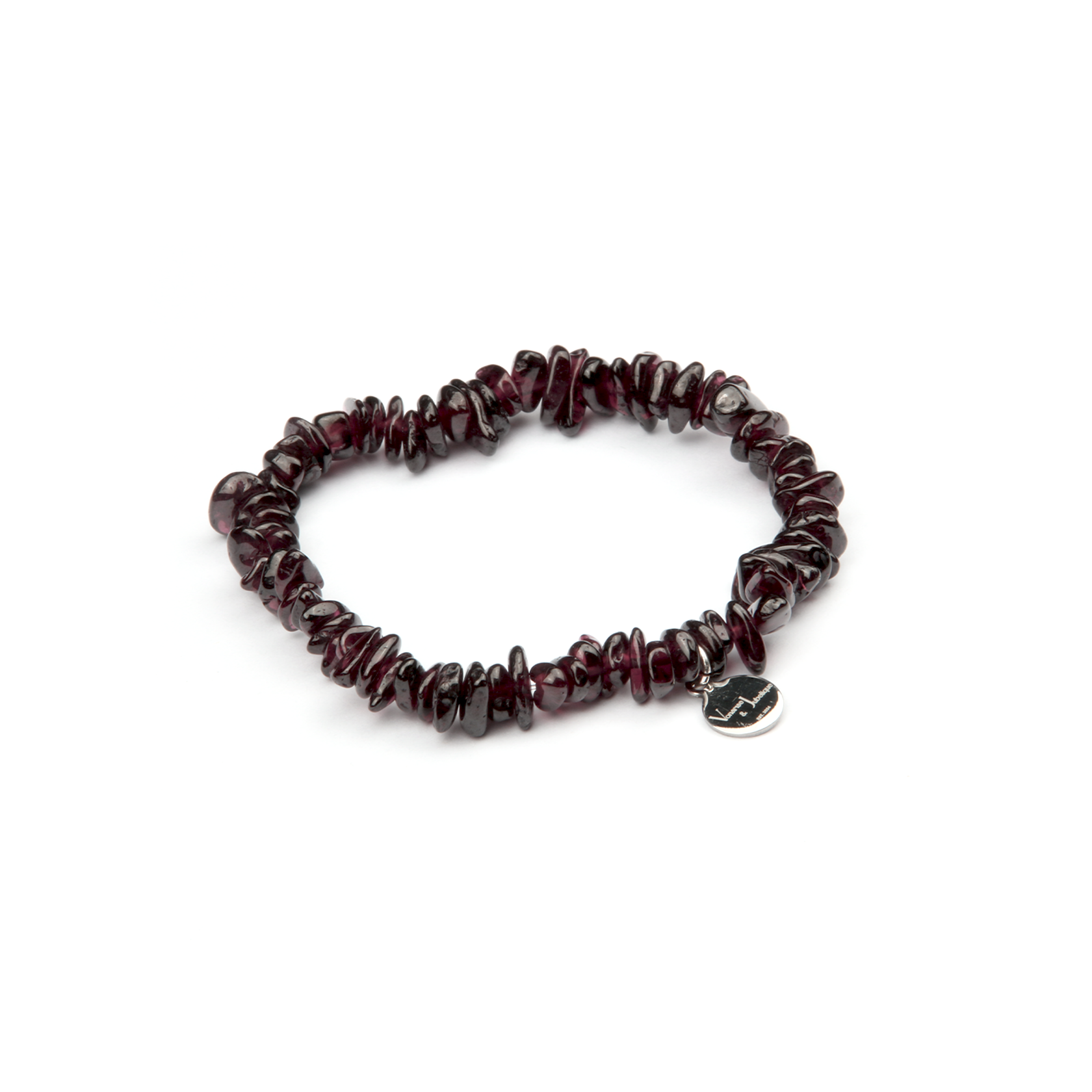

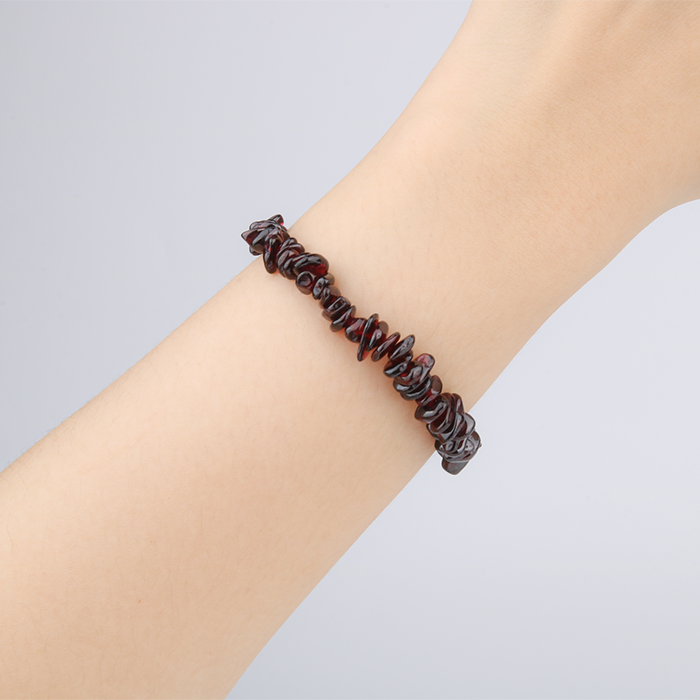
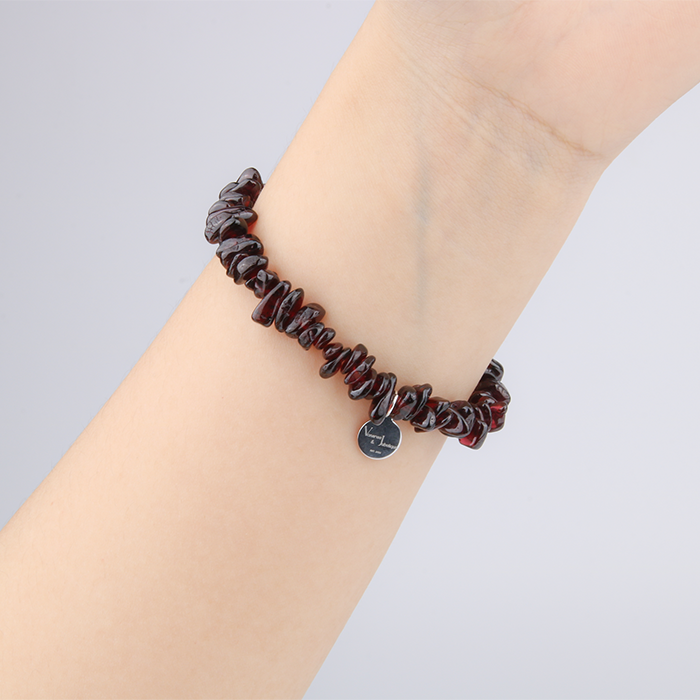
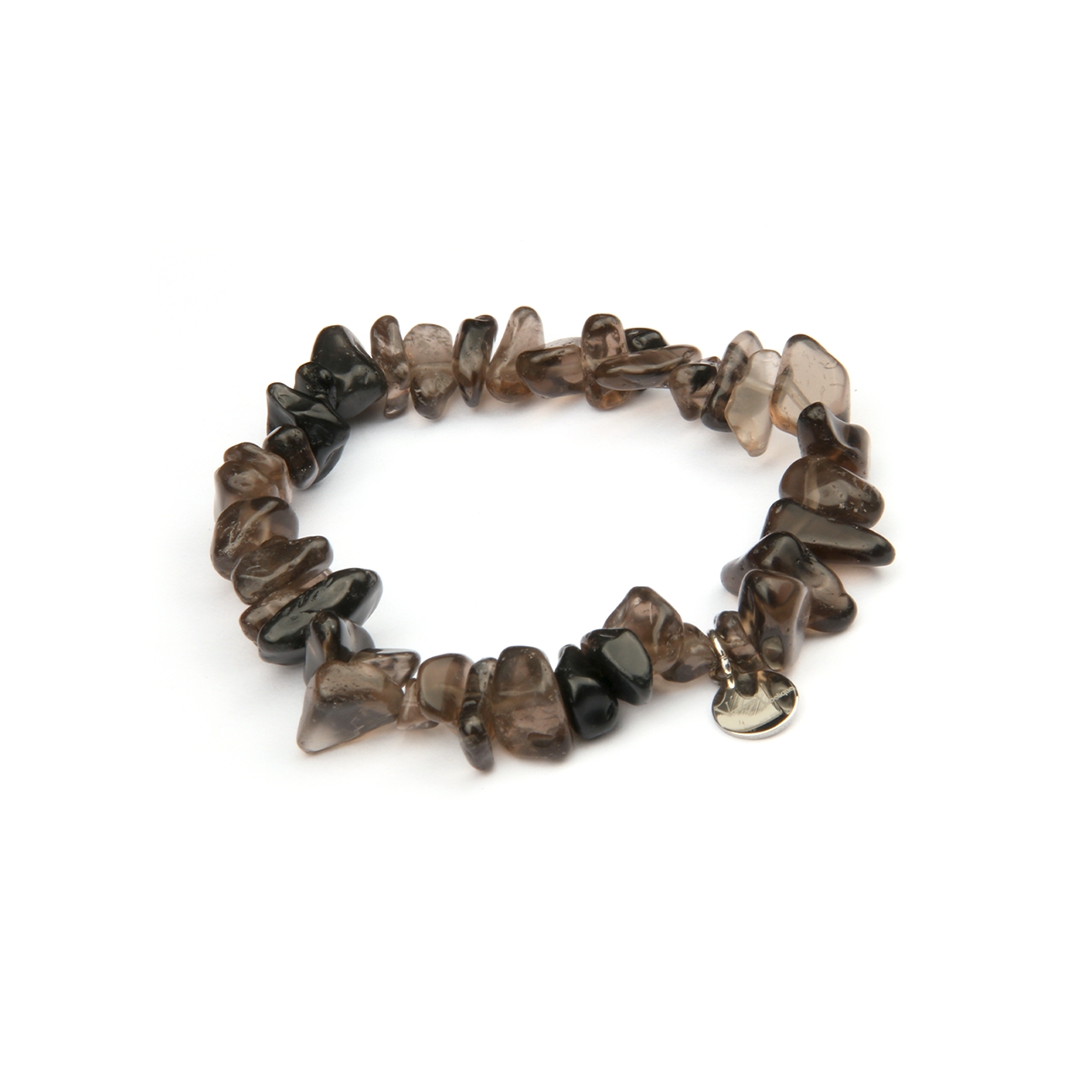
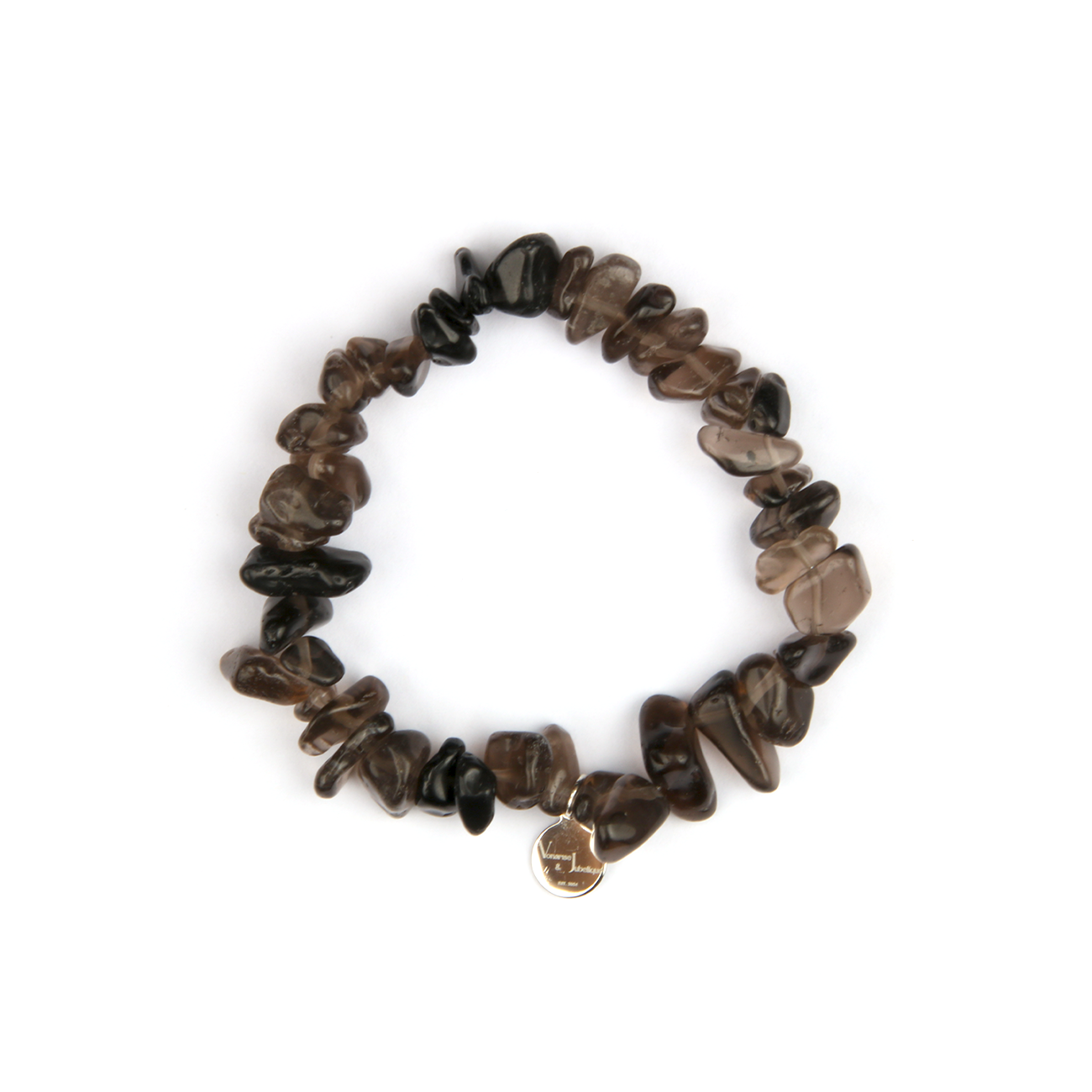
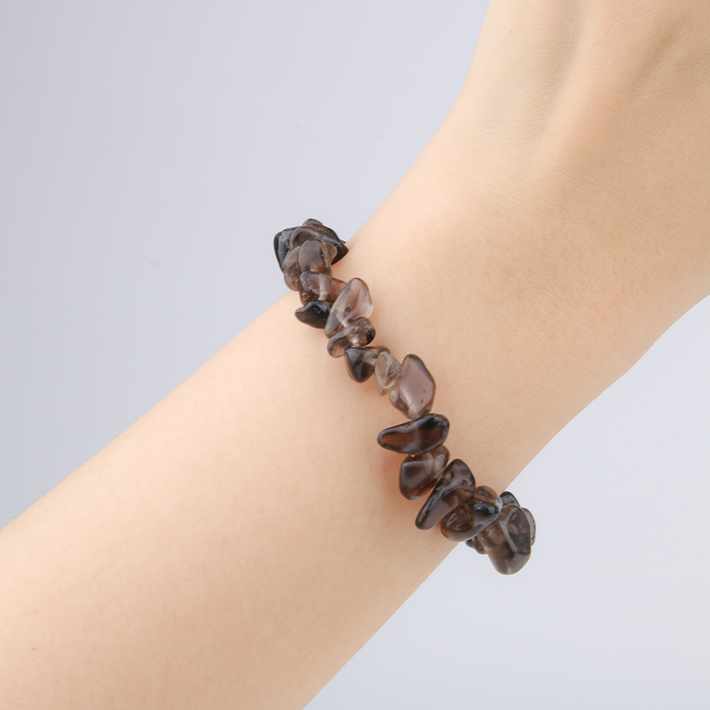
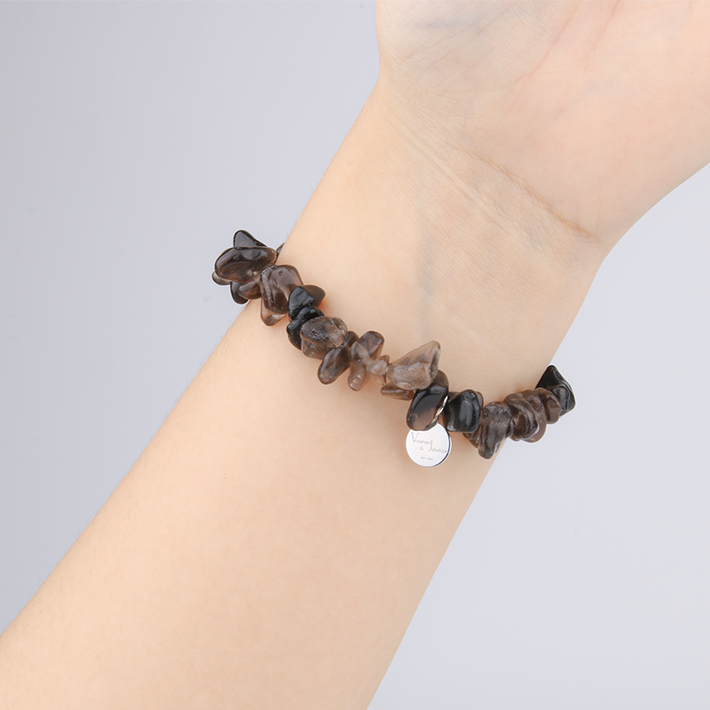
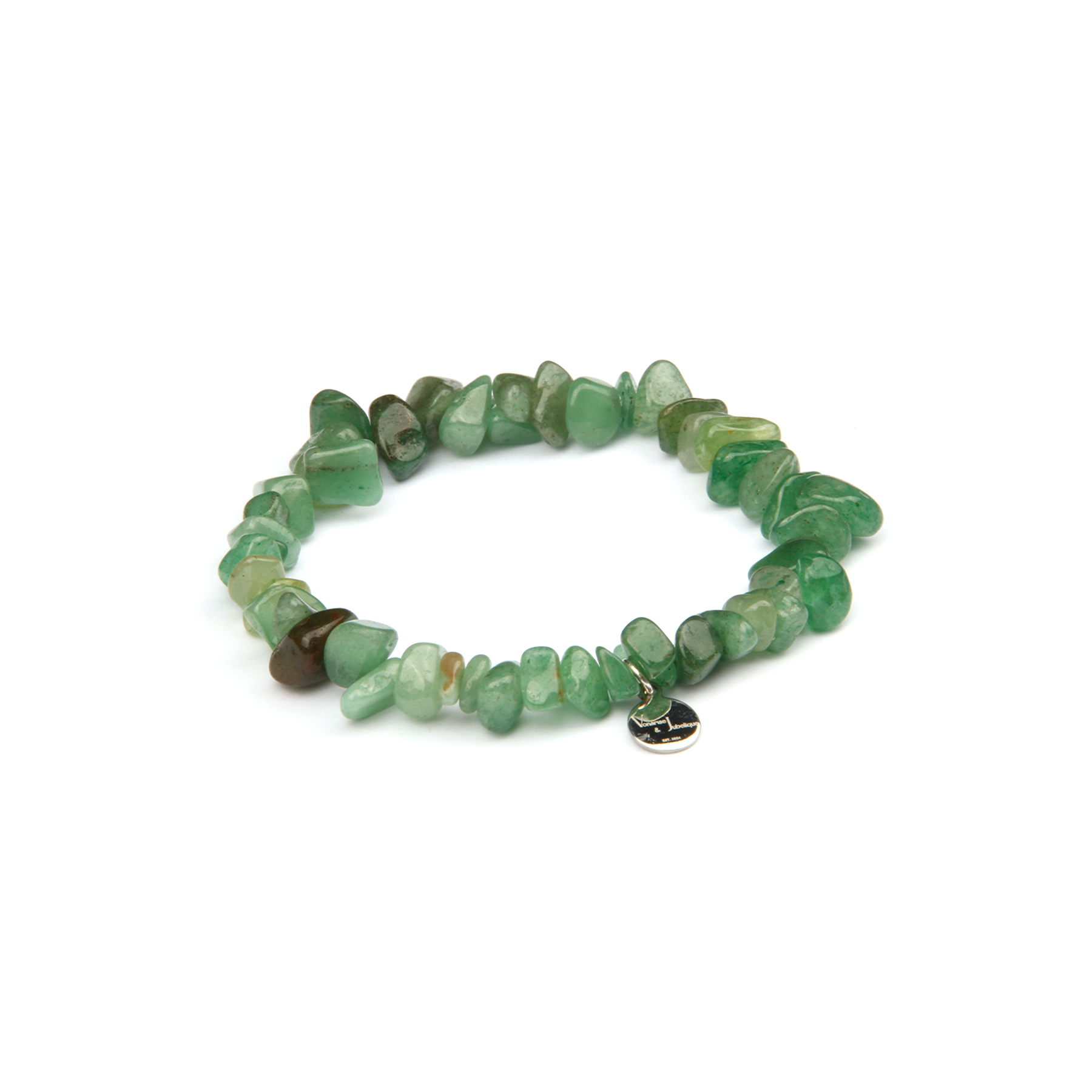
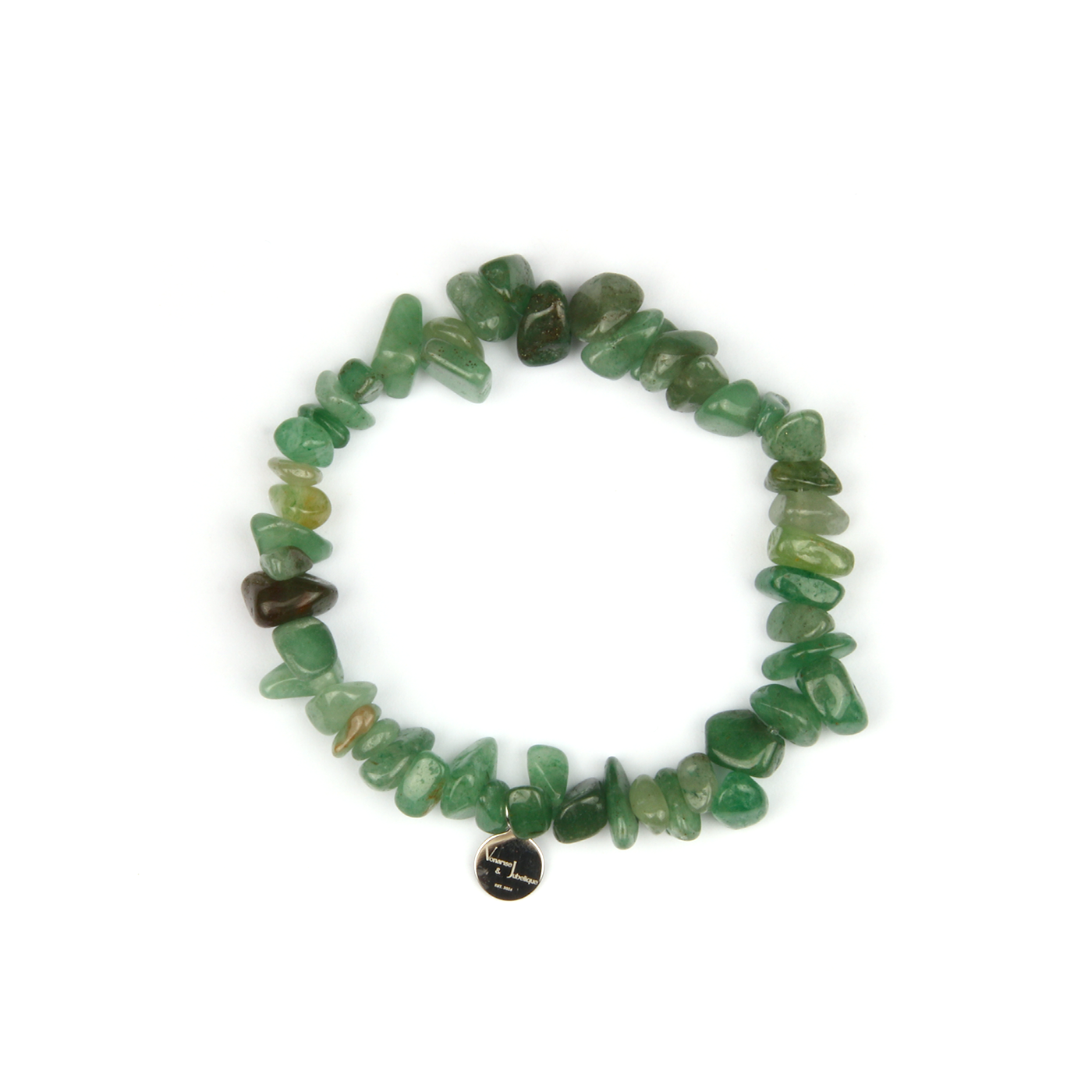
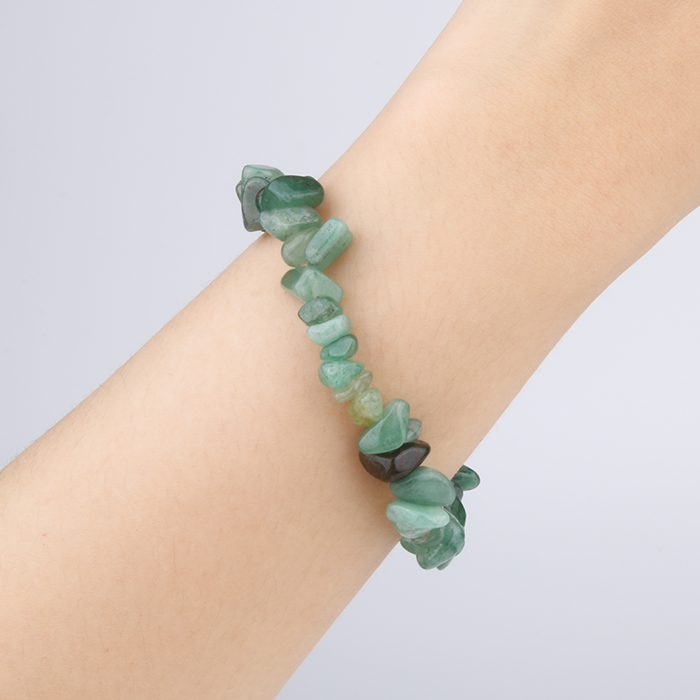
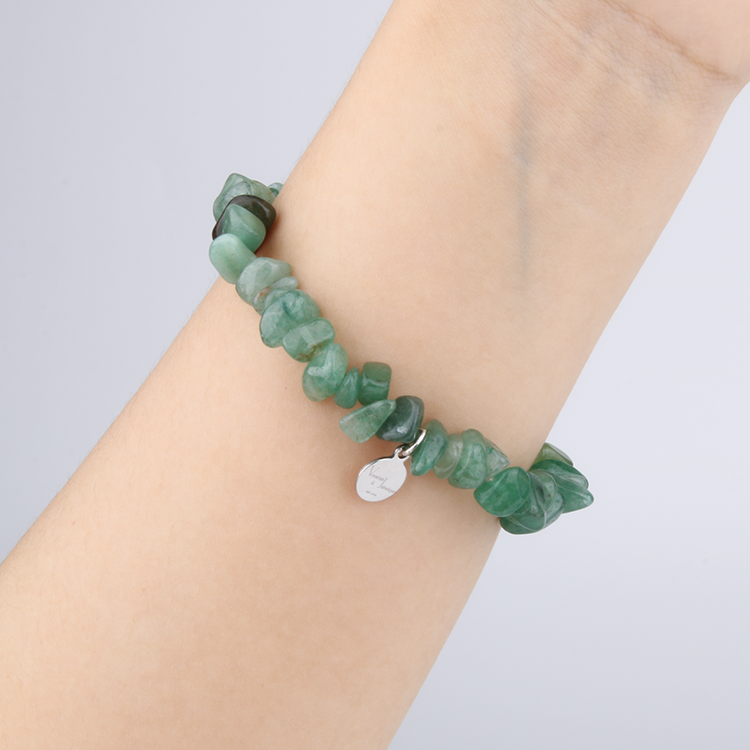
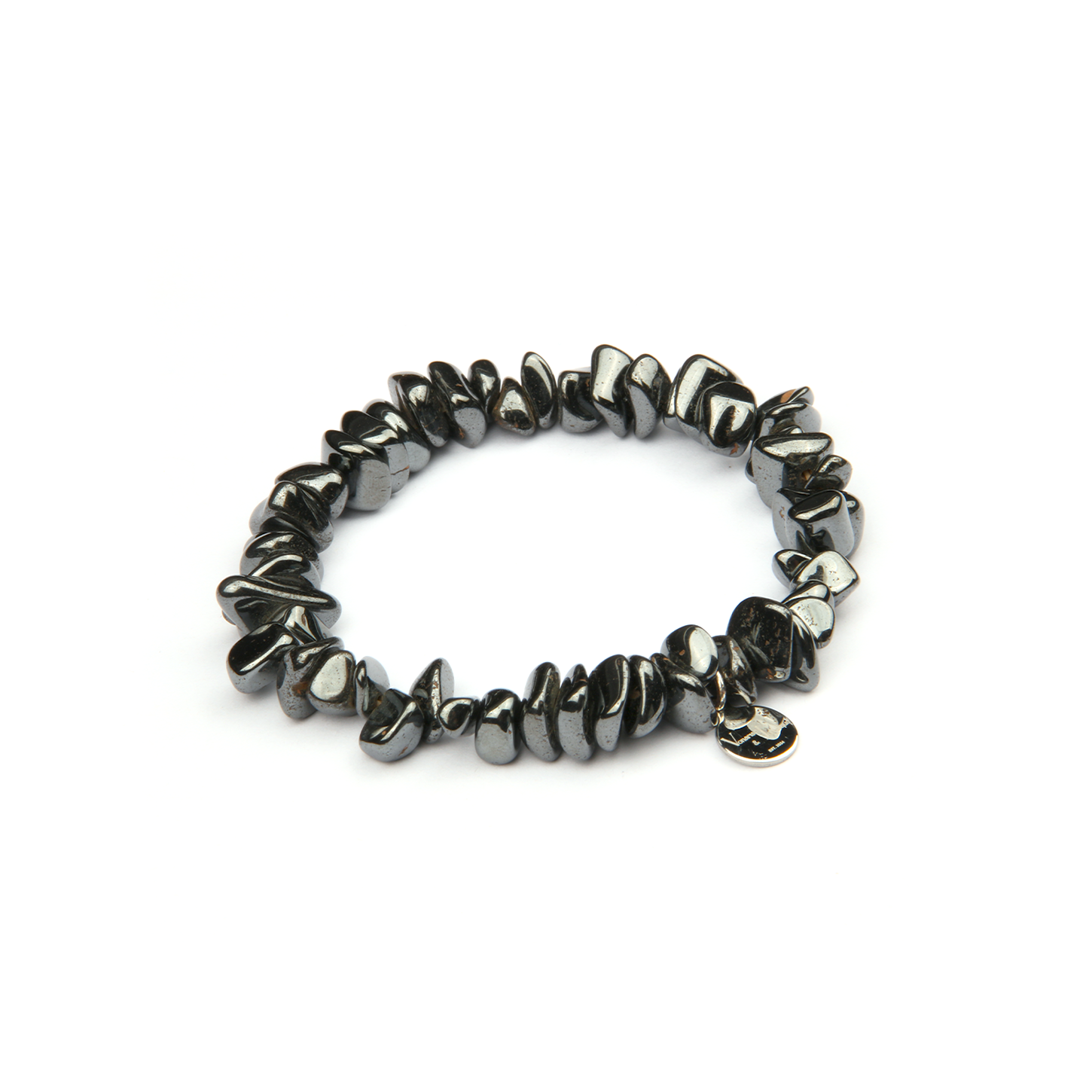
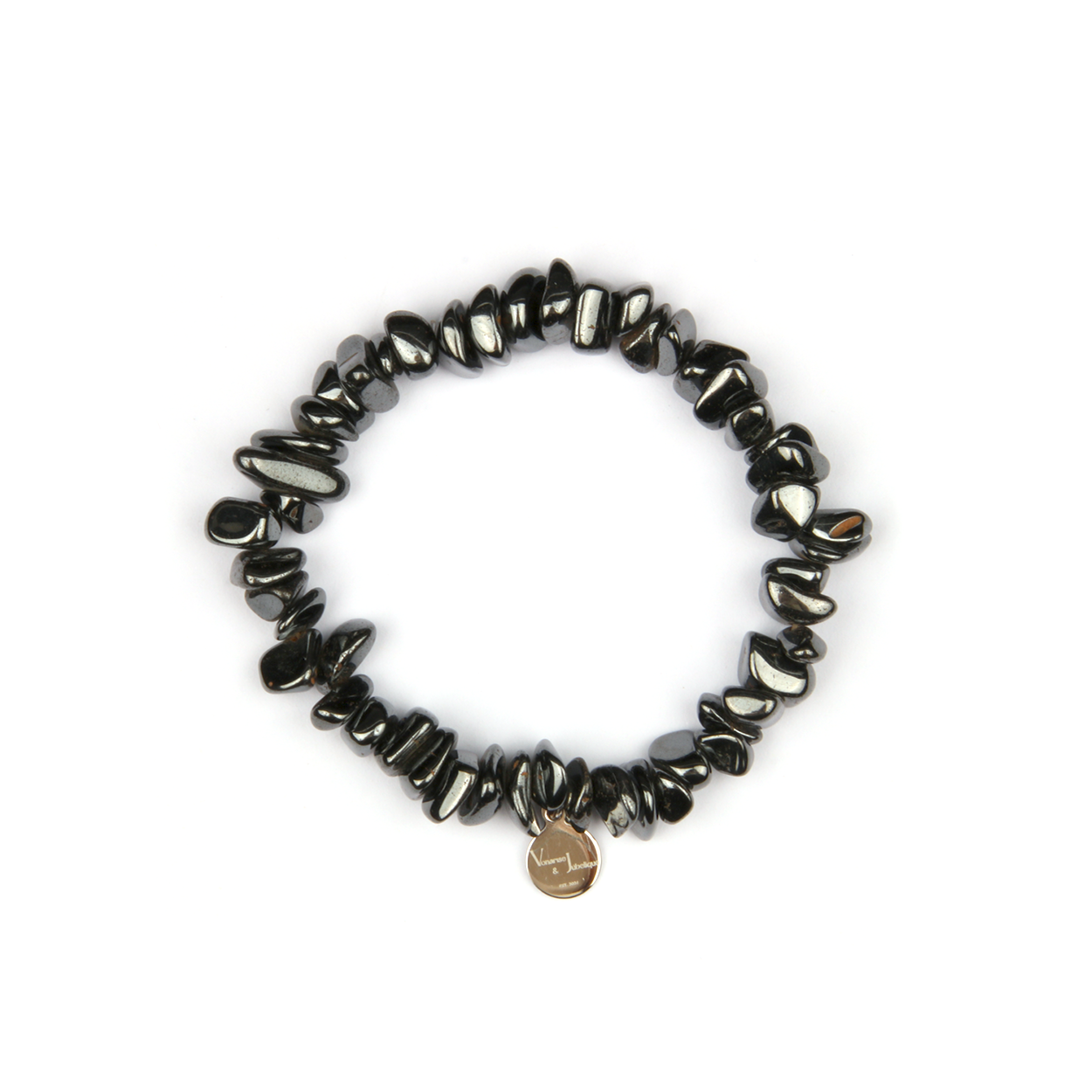
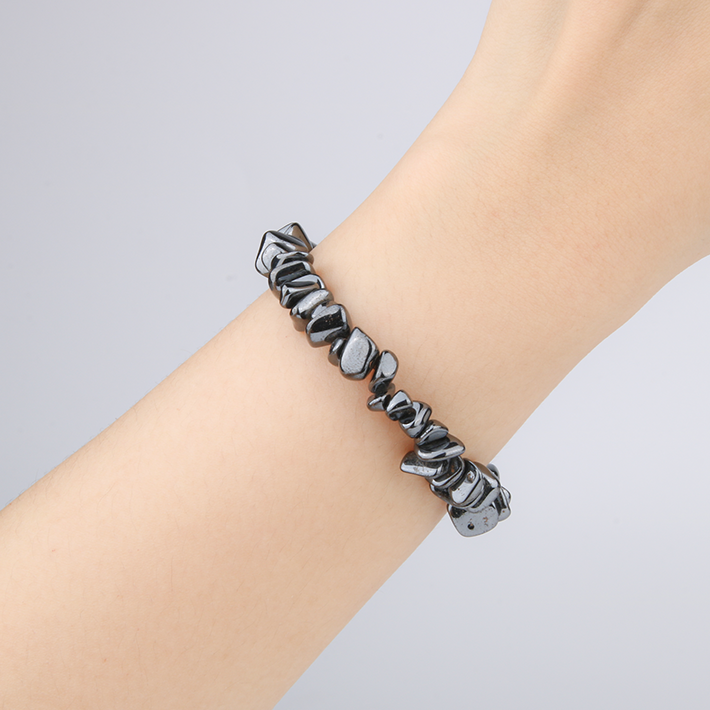
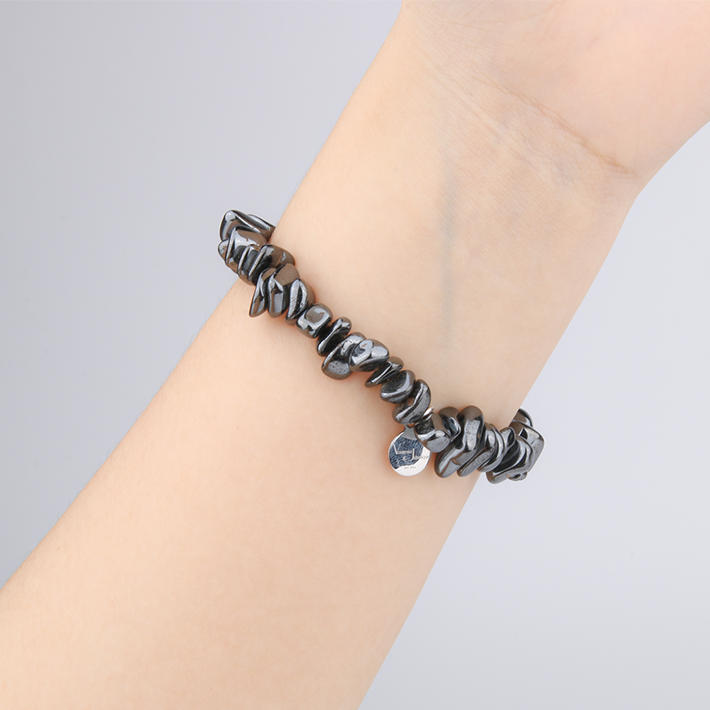
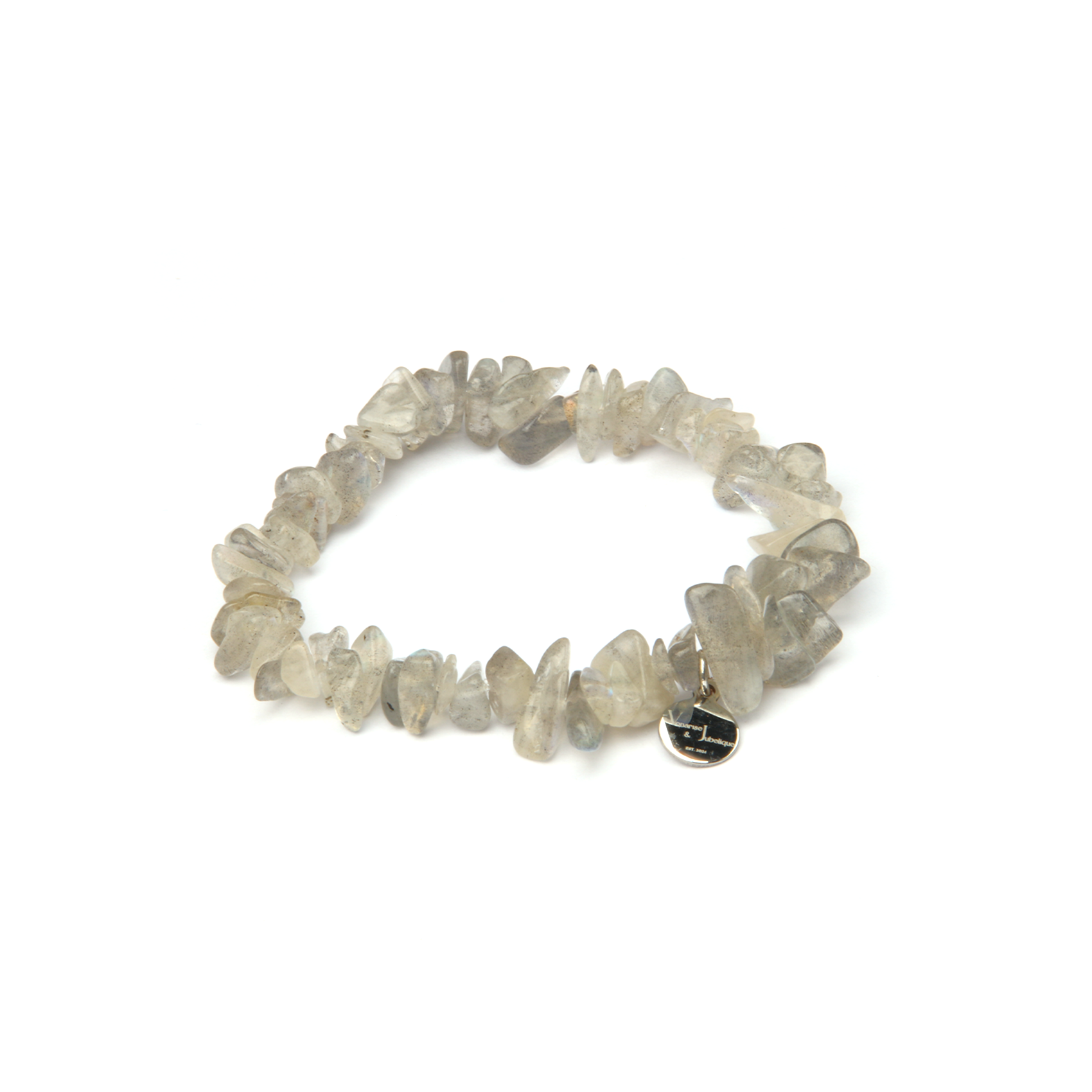
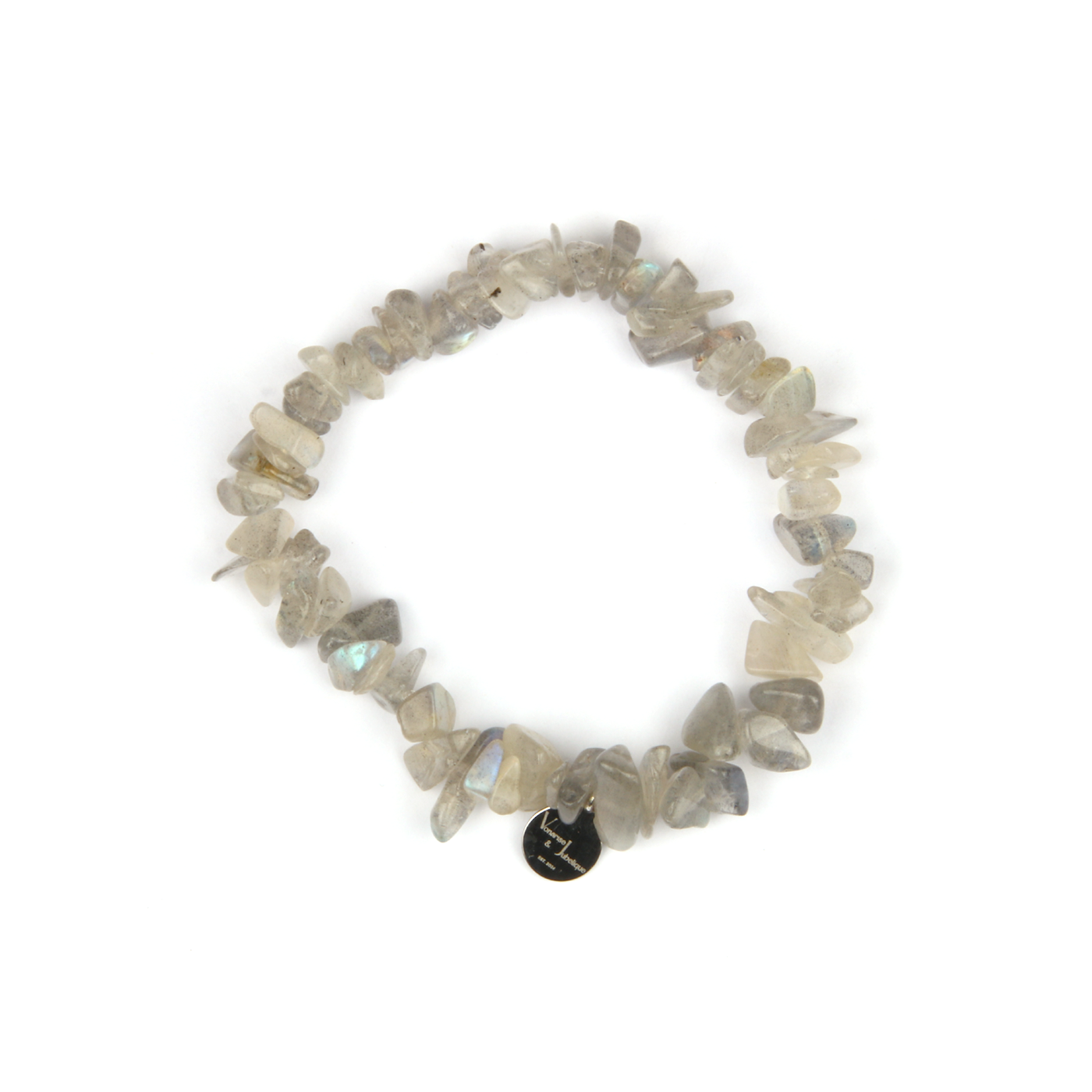
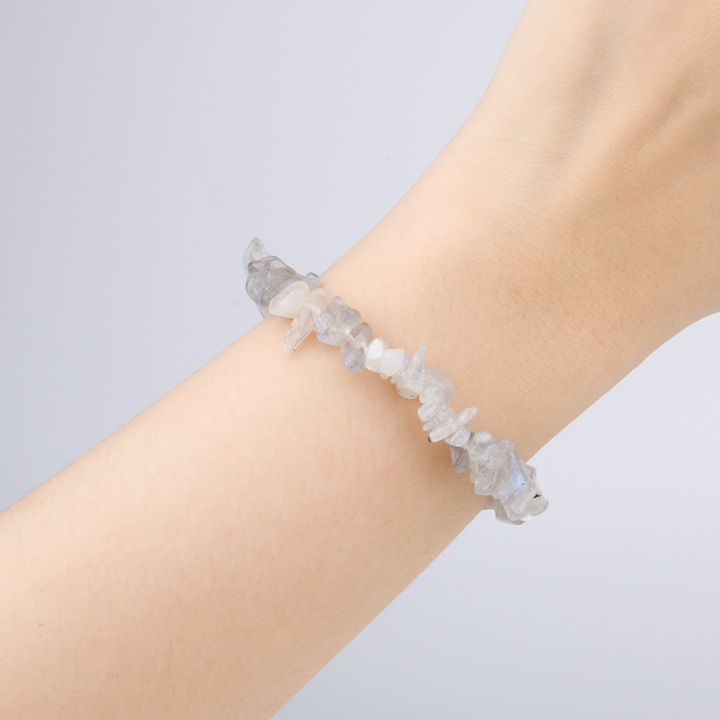
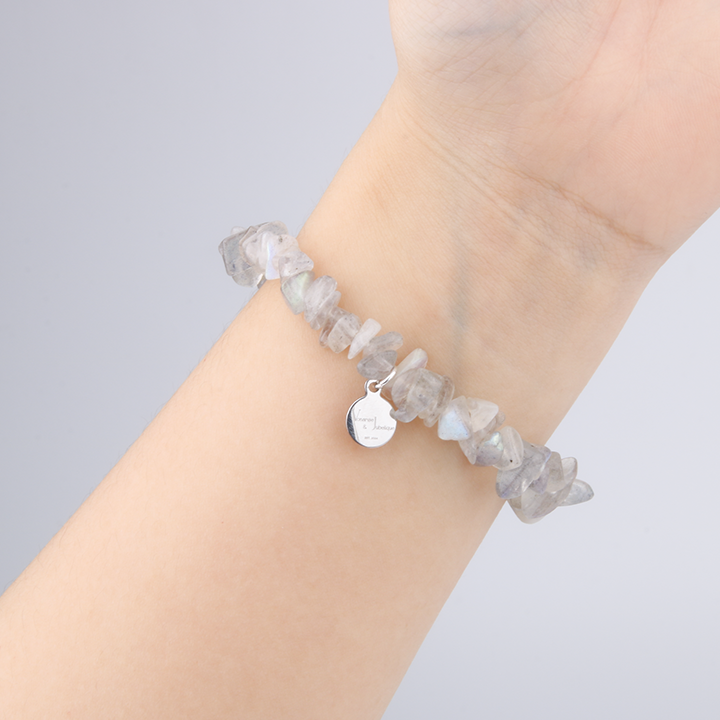
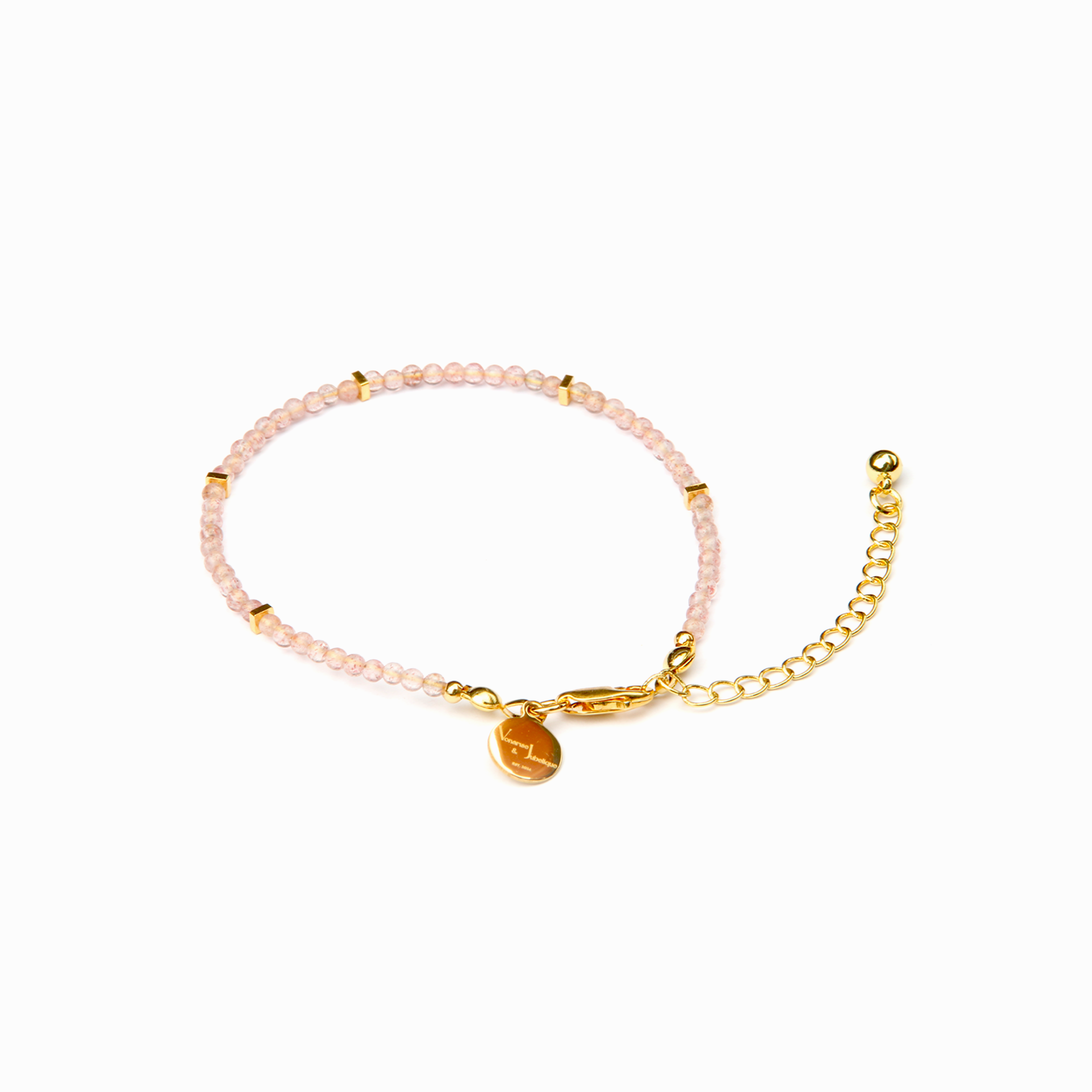
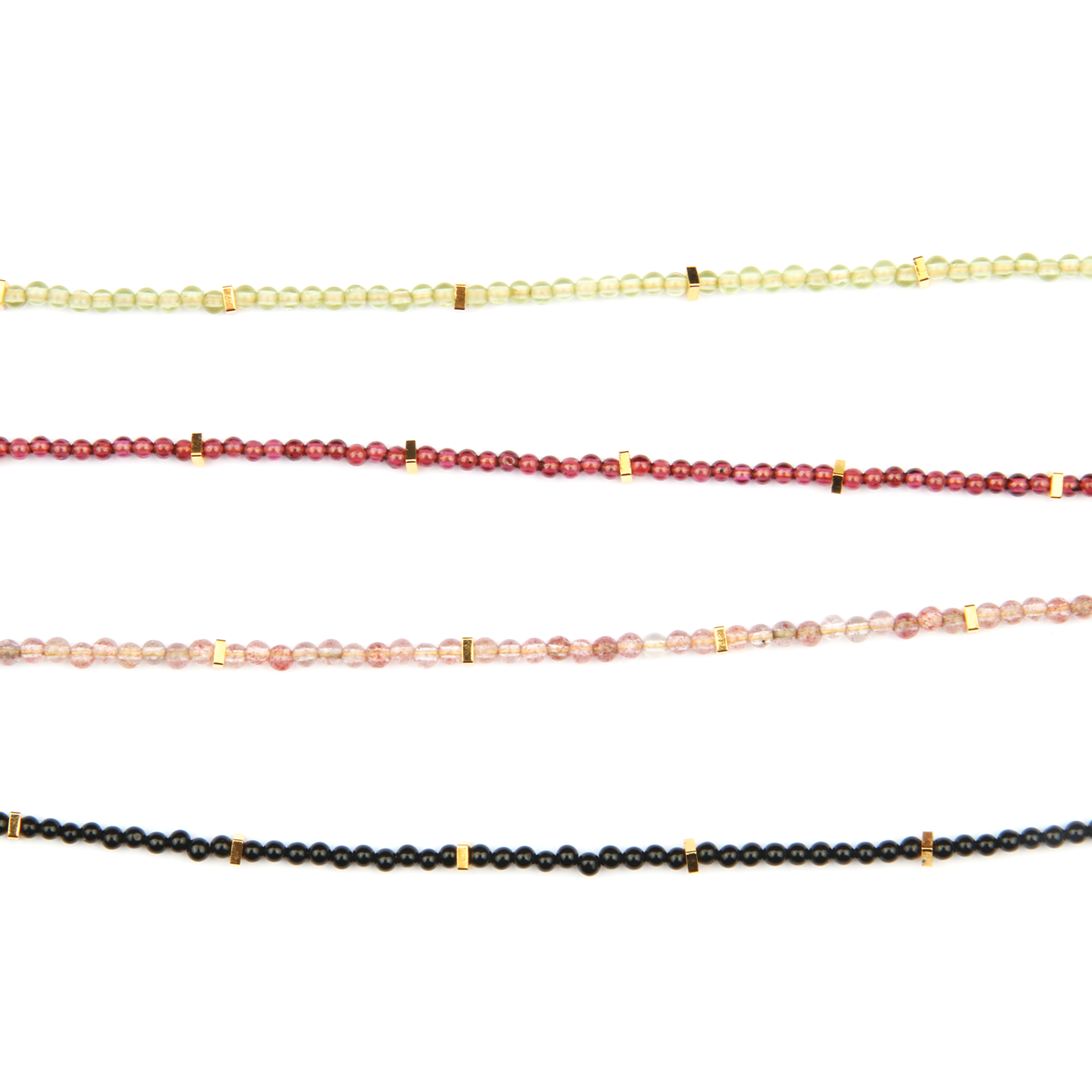
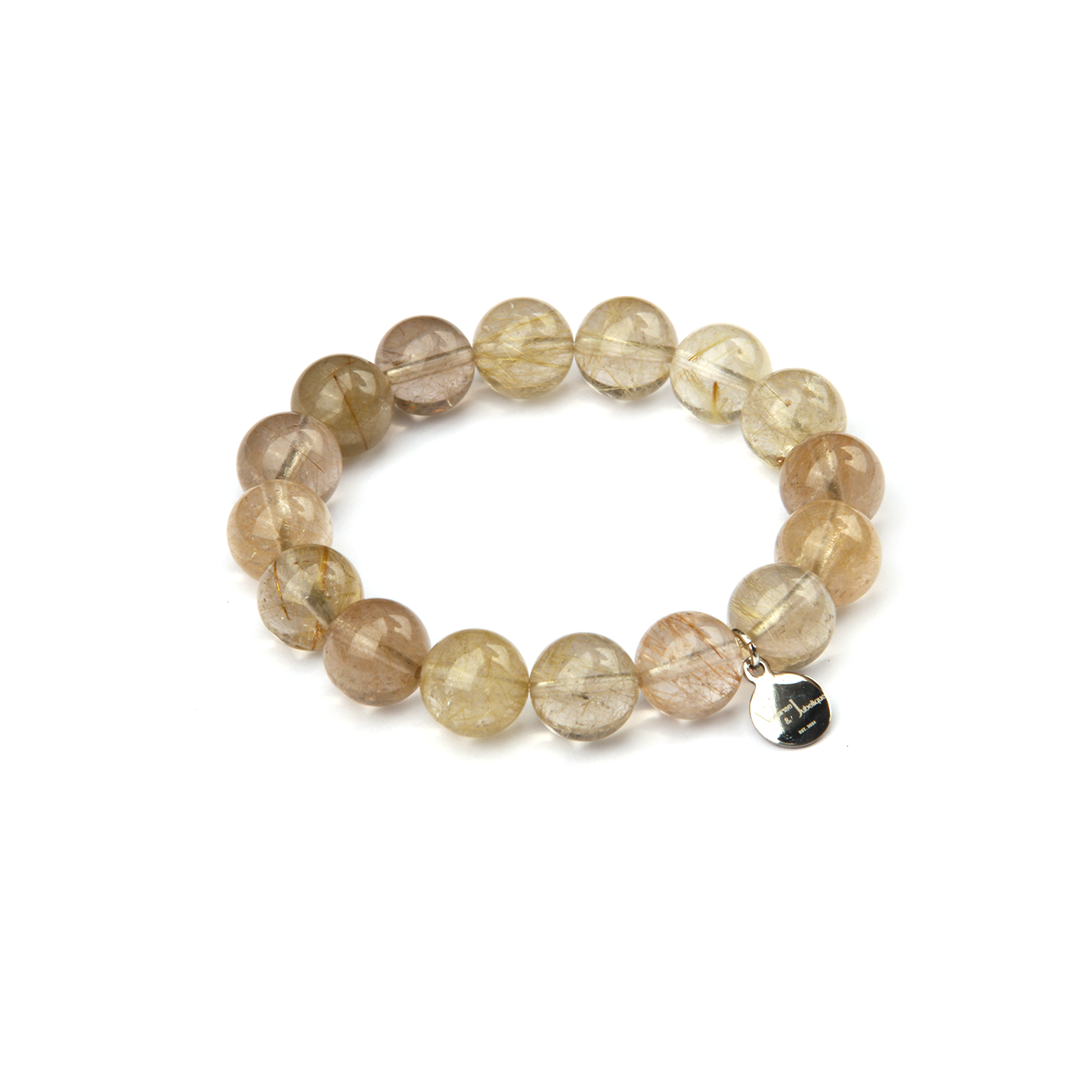
Share:
Kunzite
Labradorite